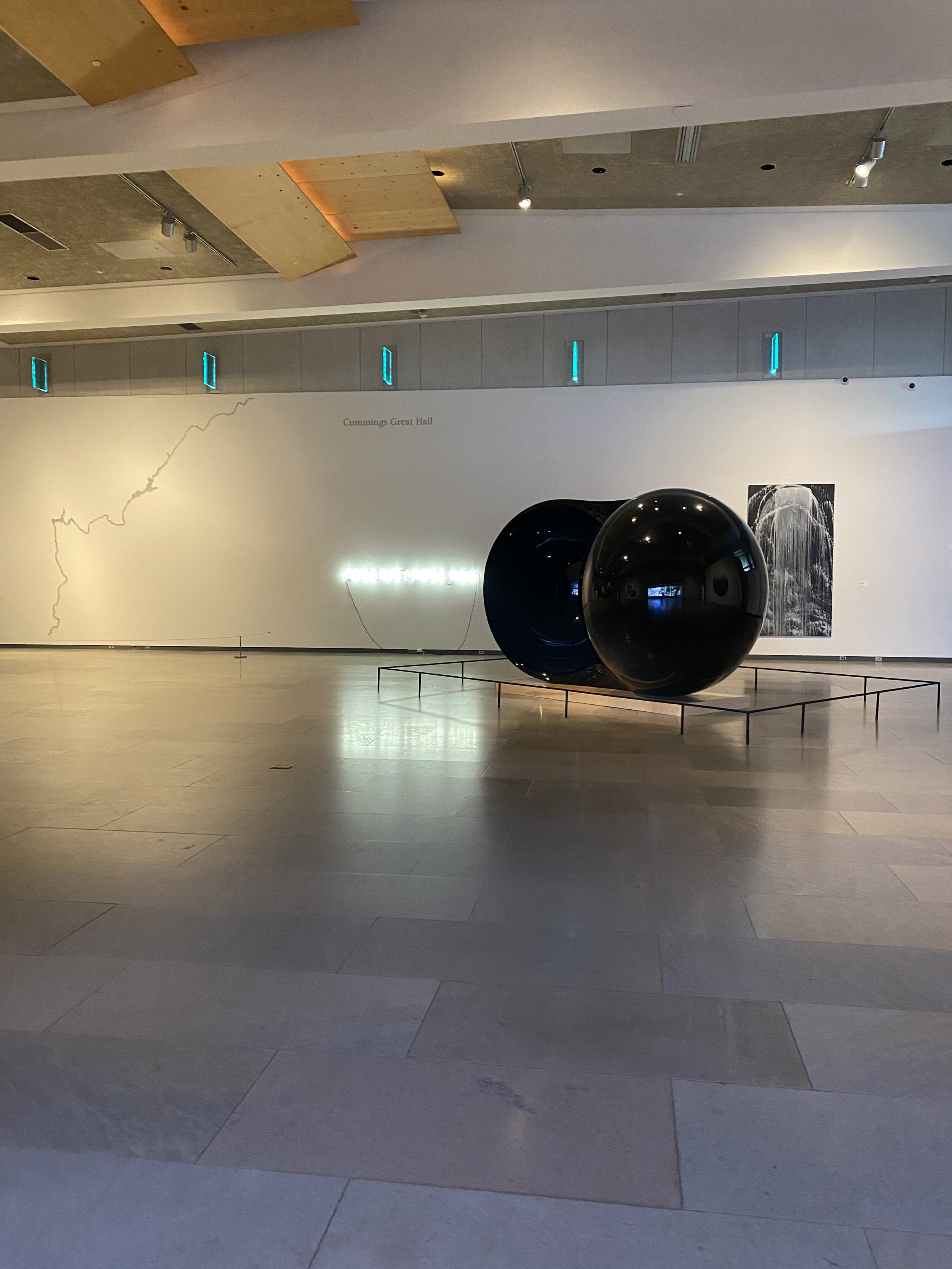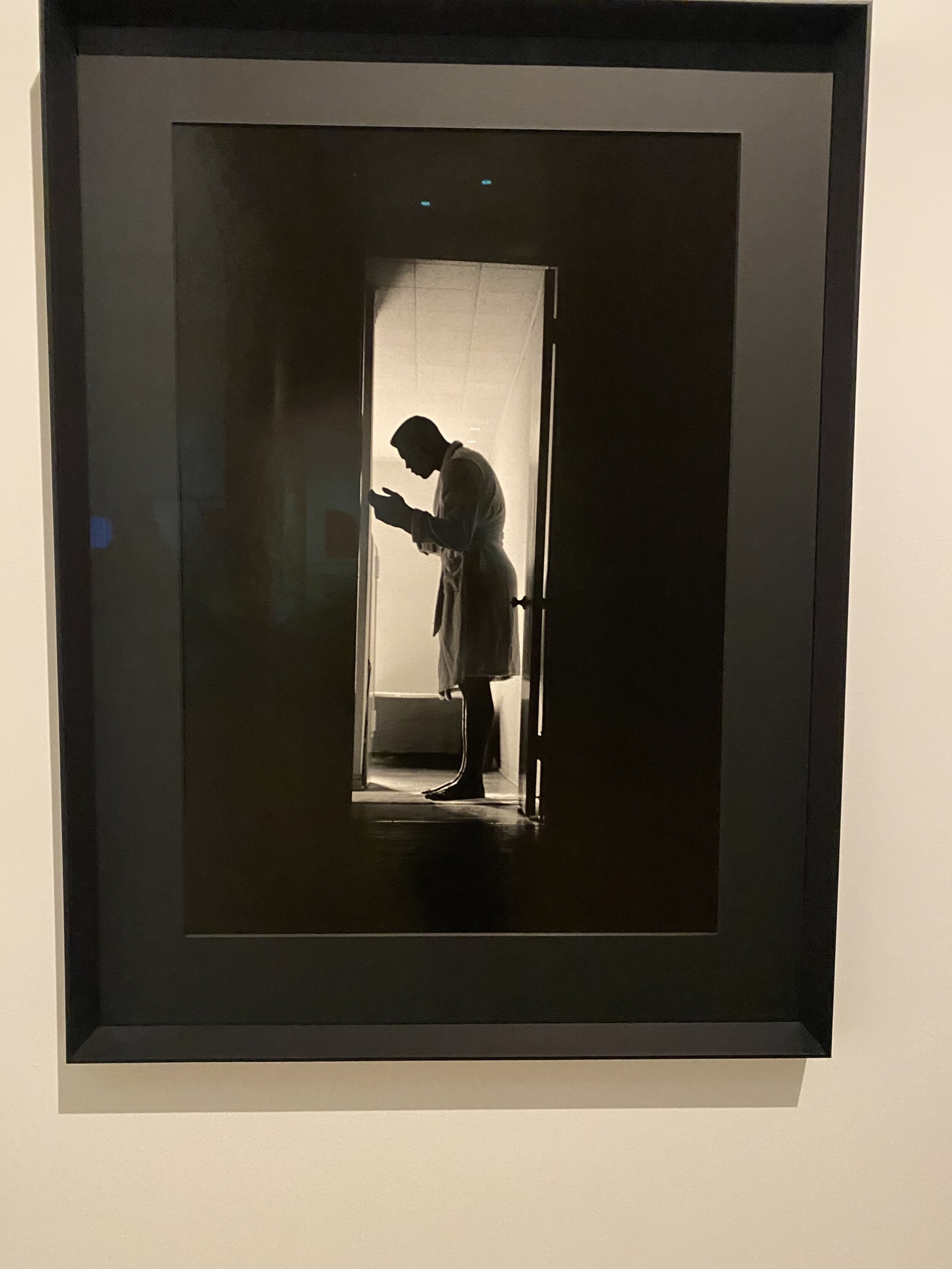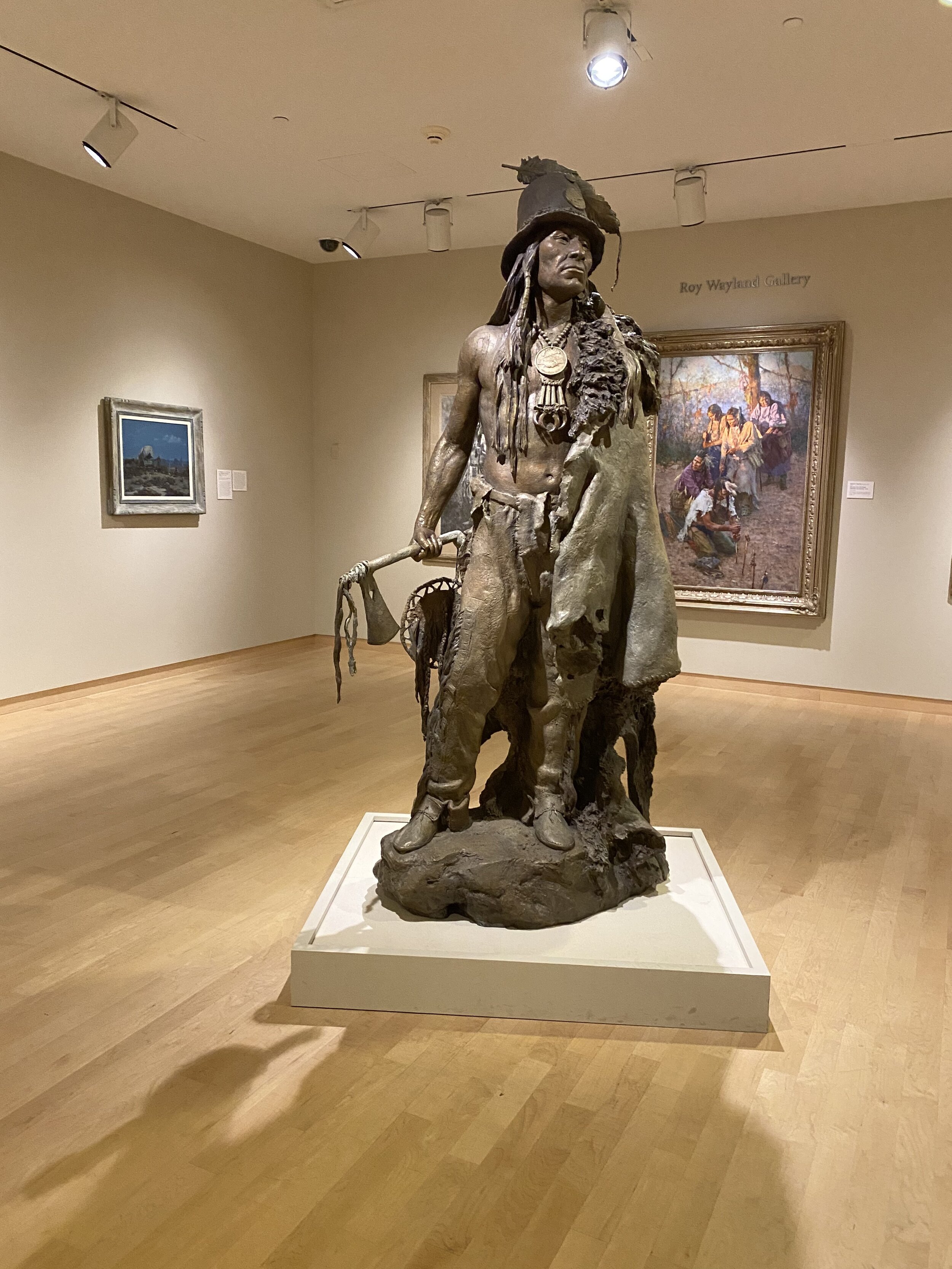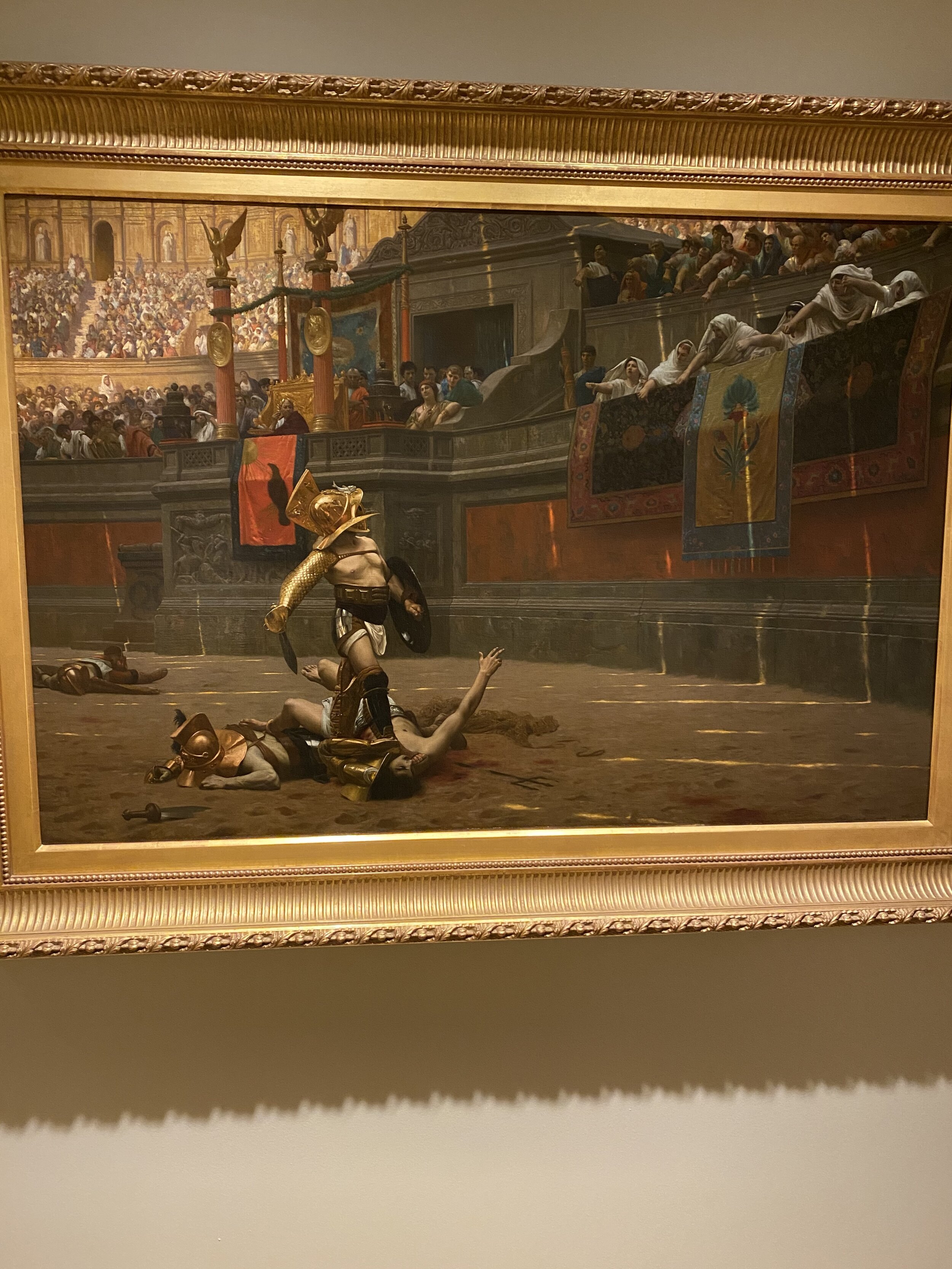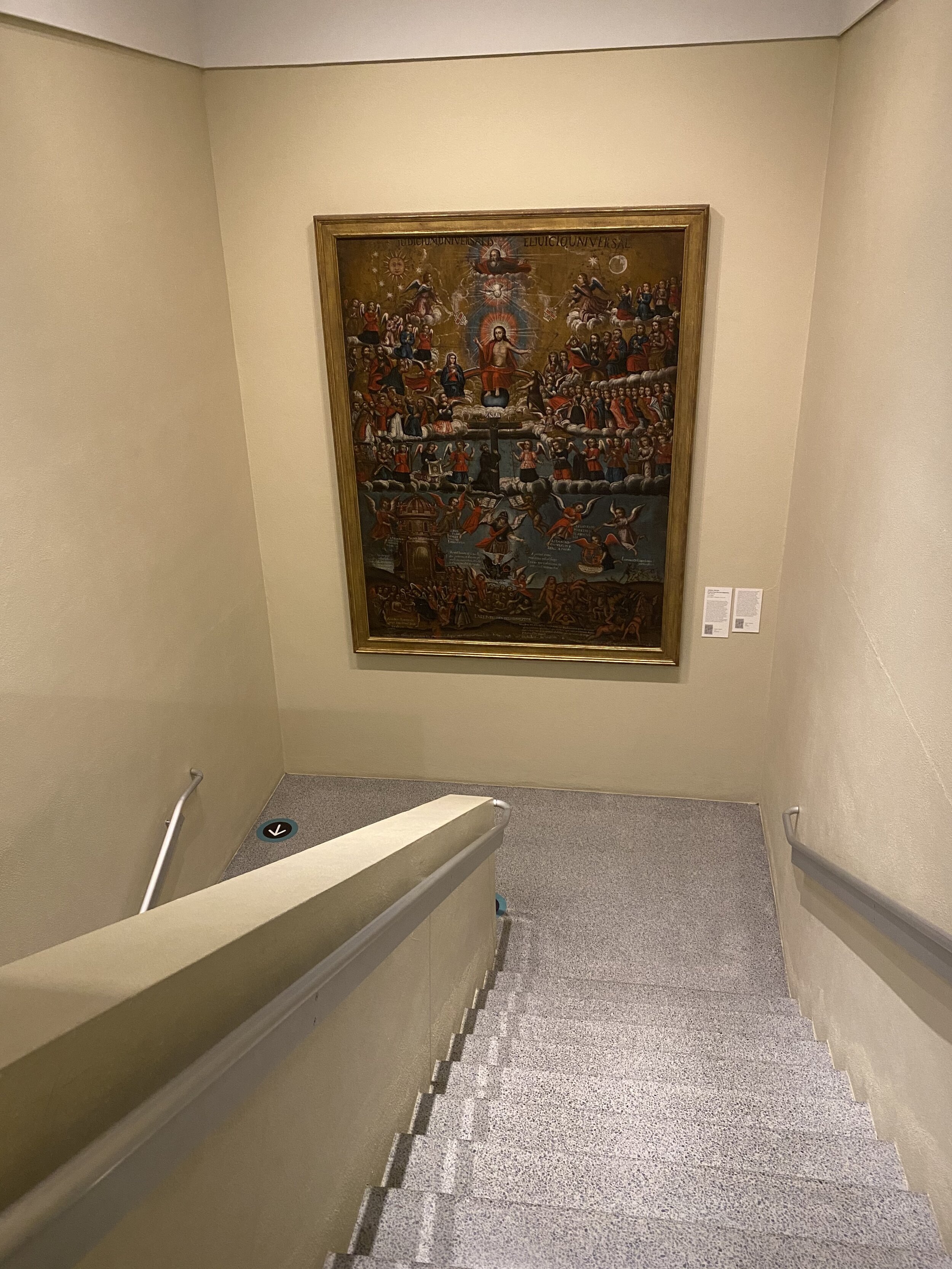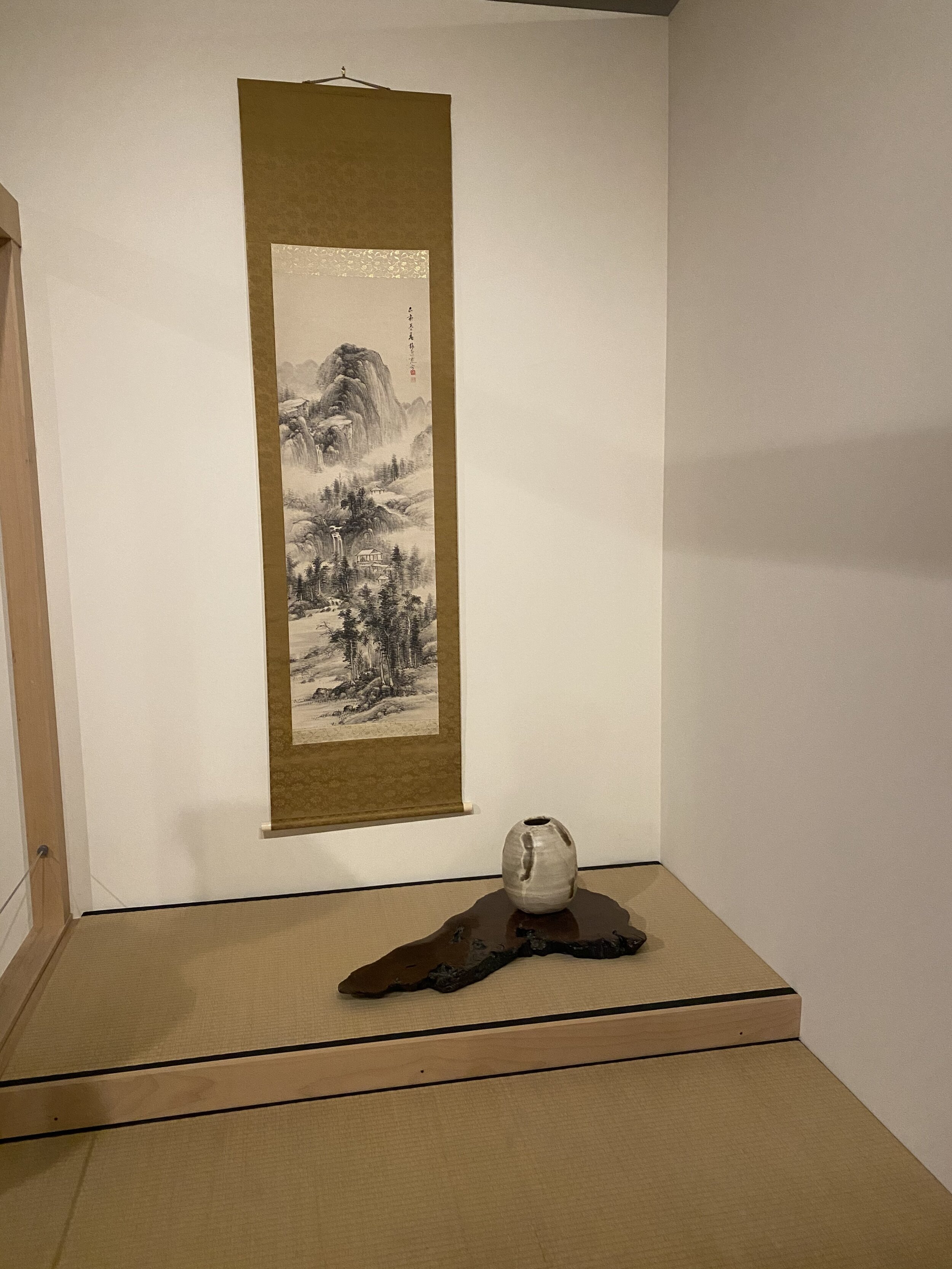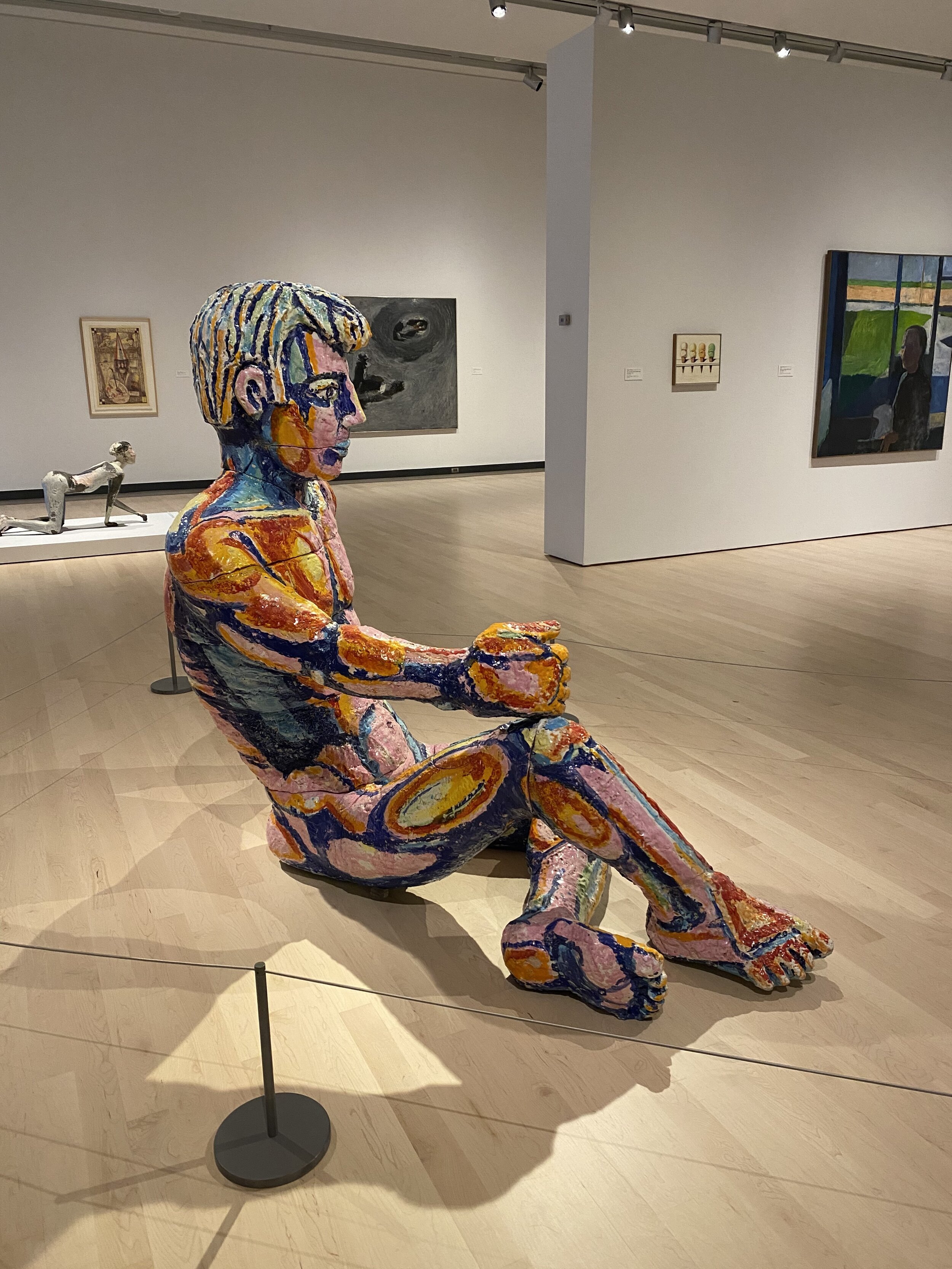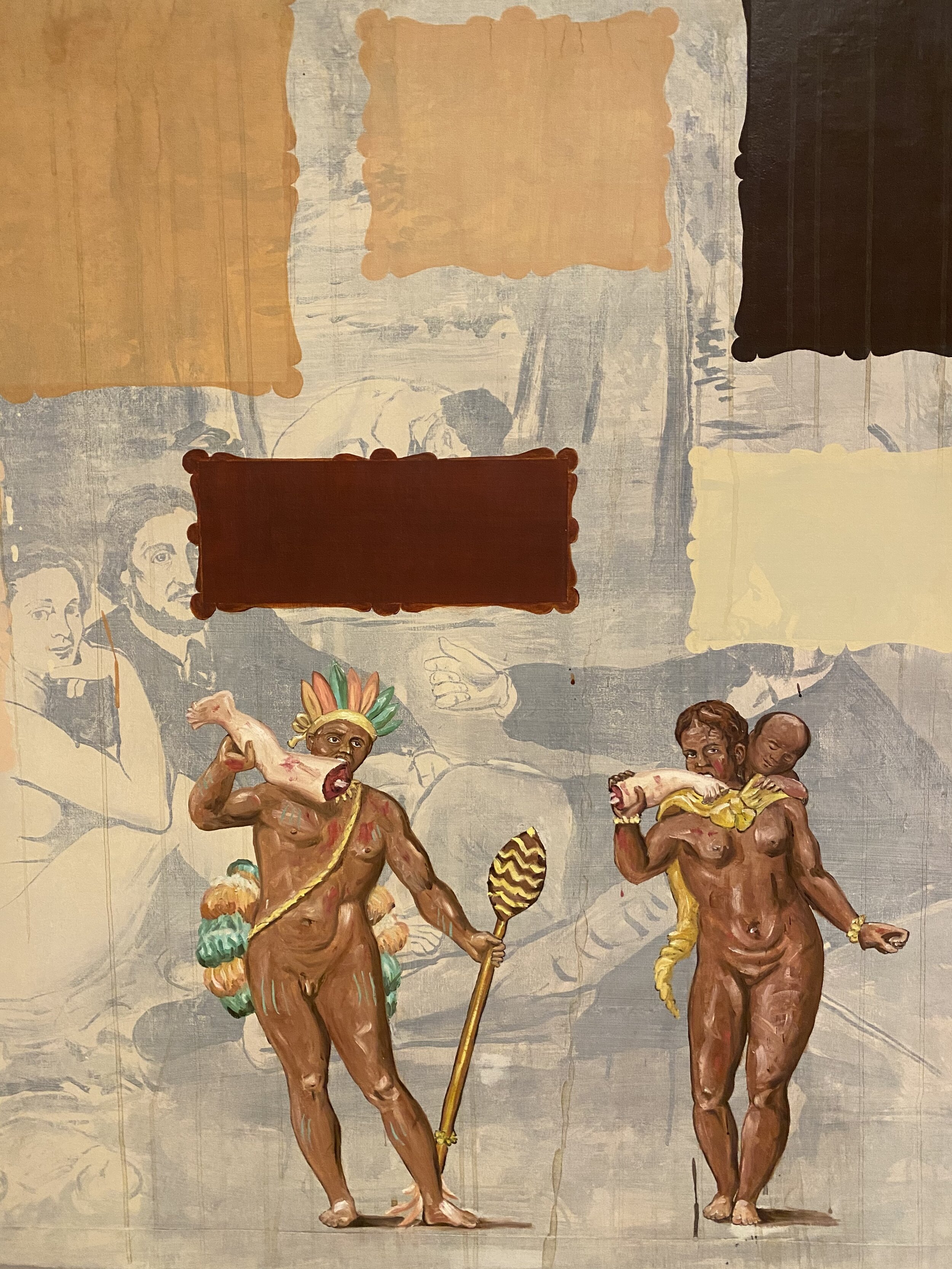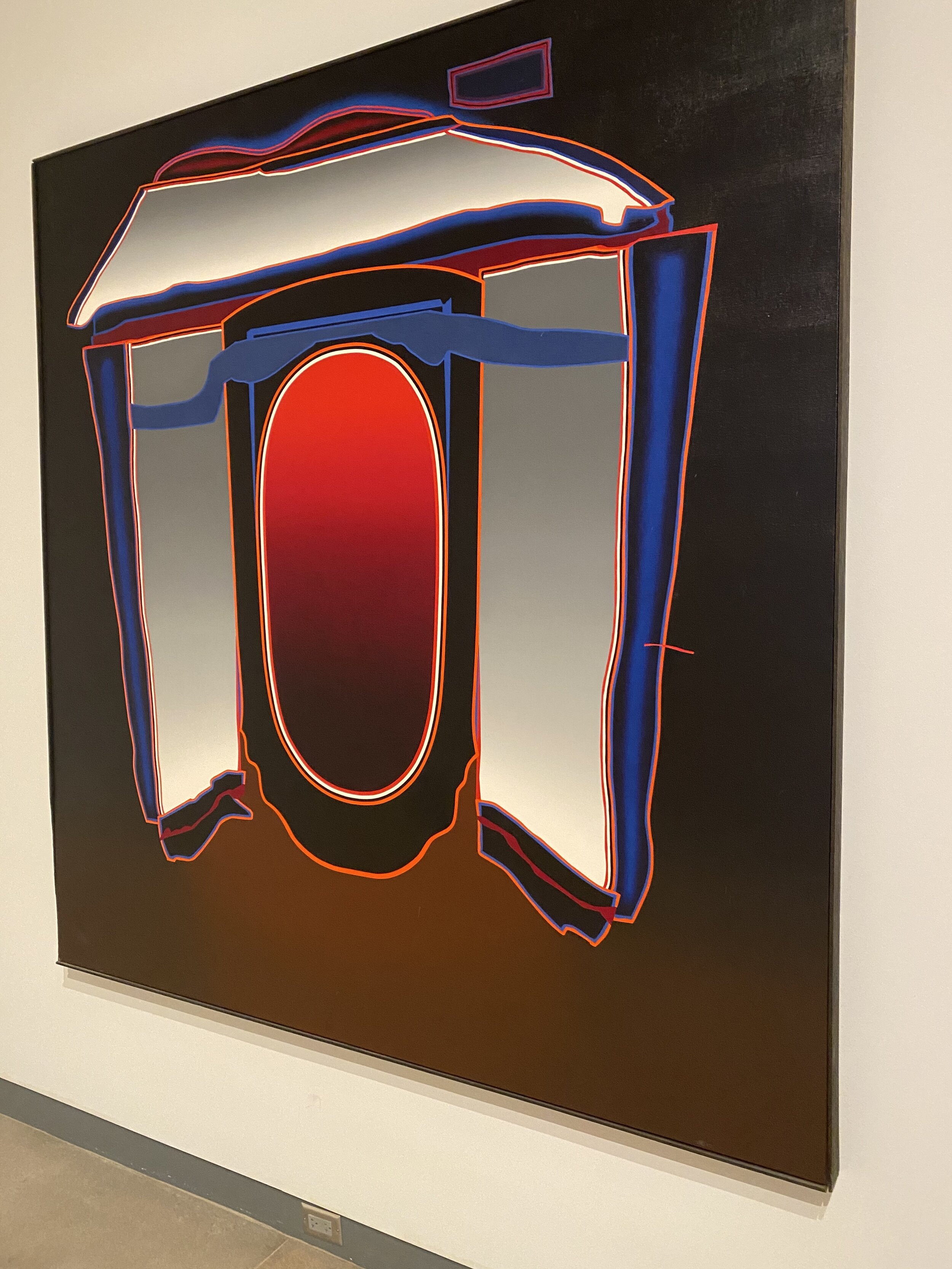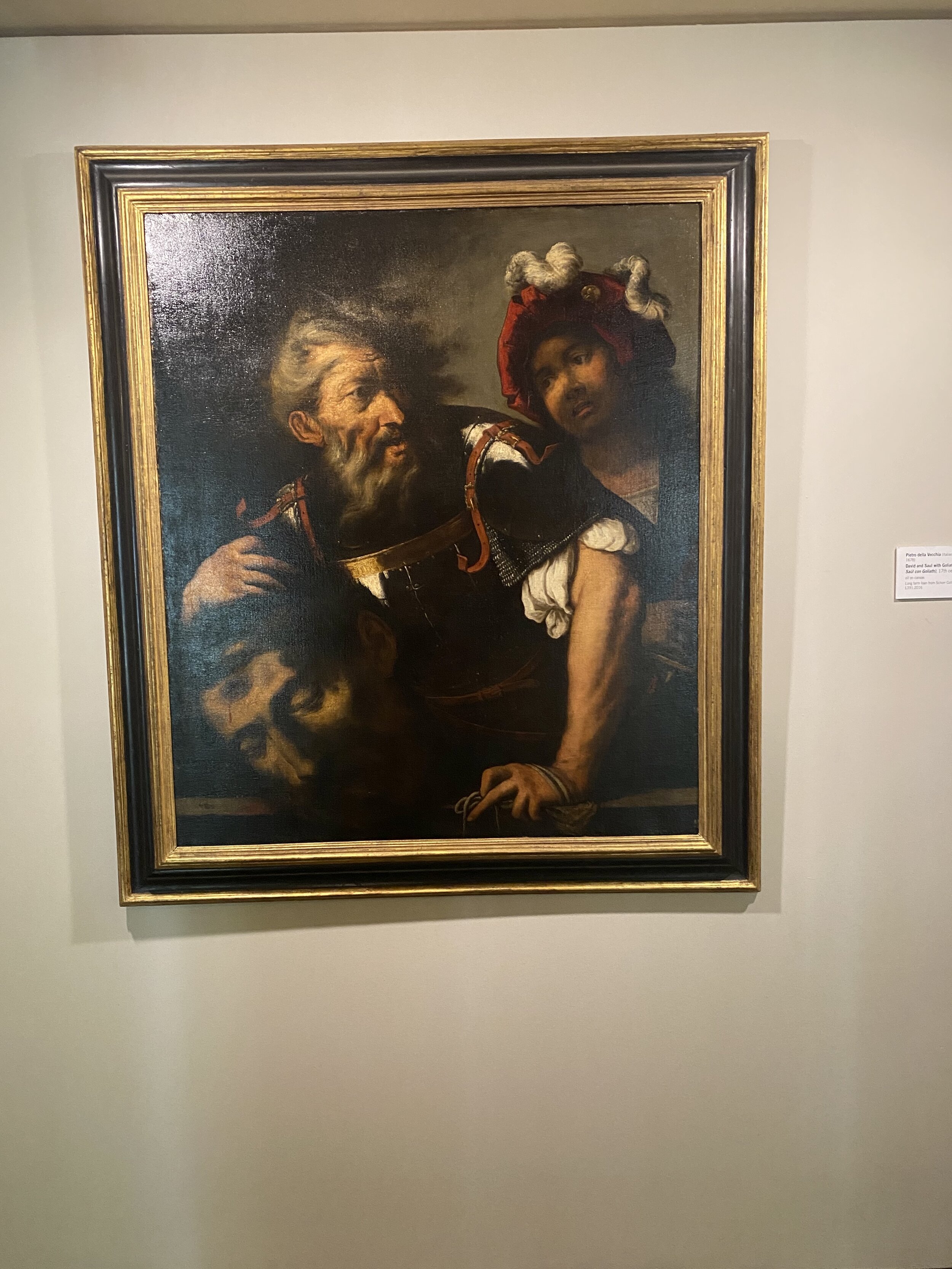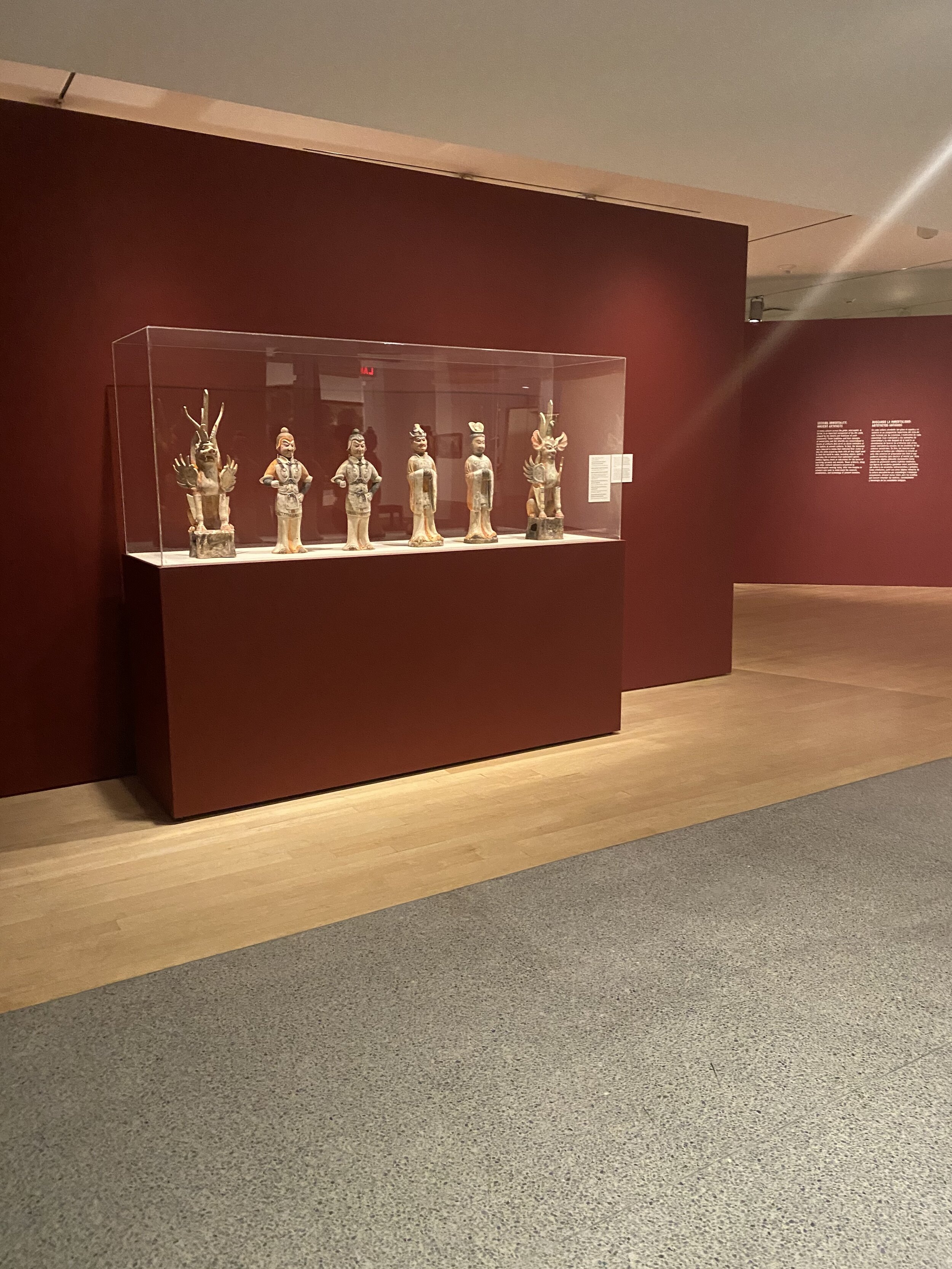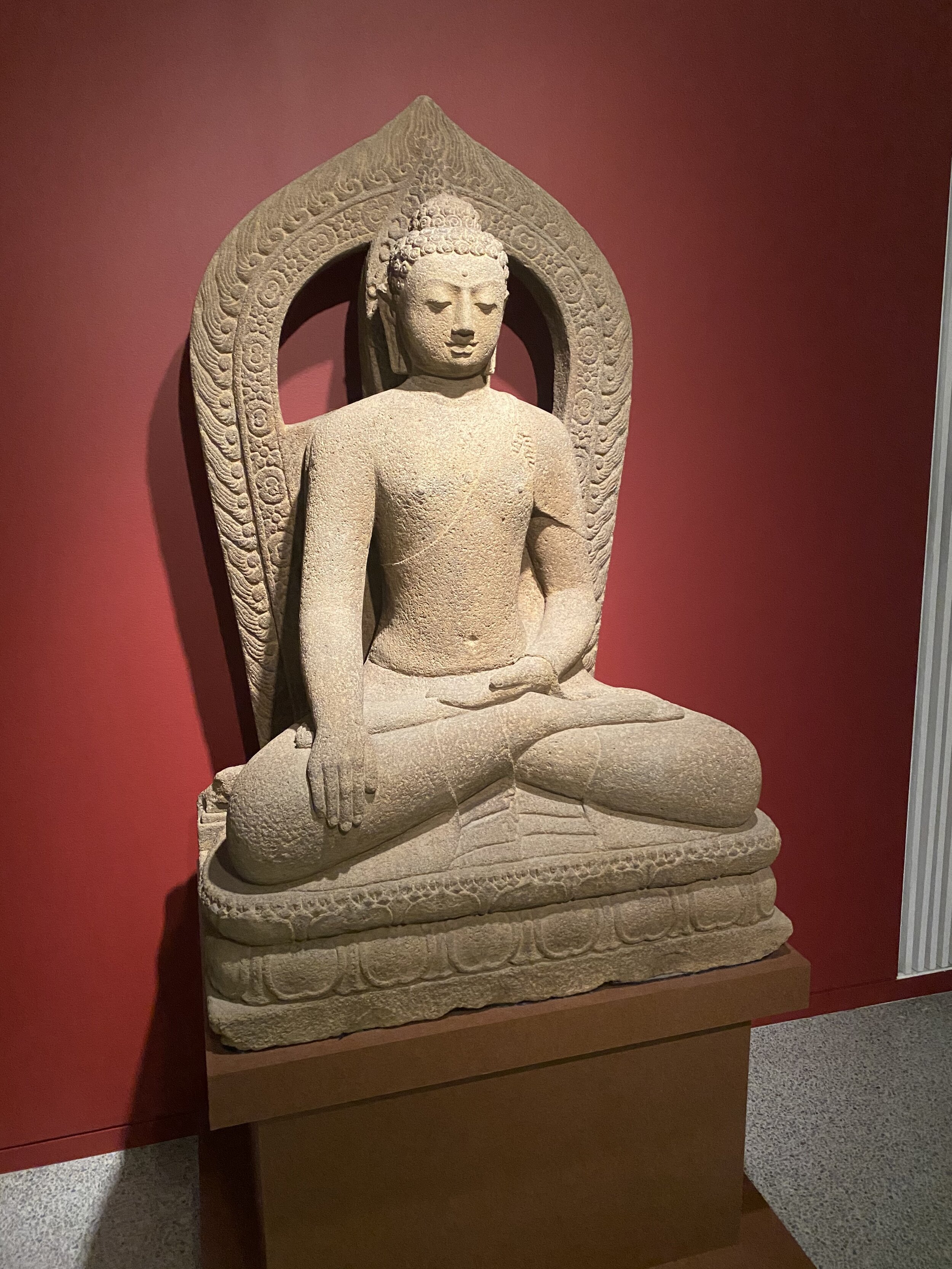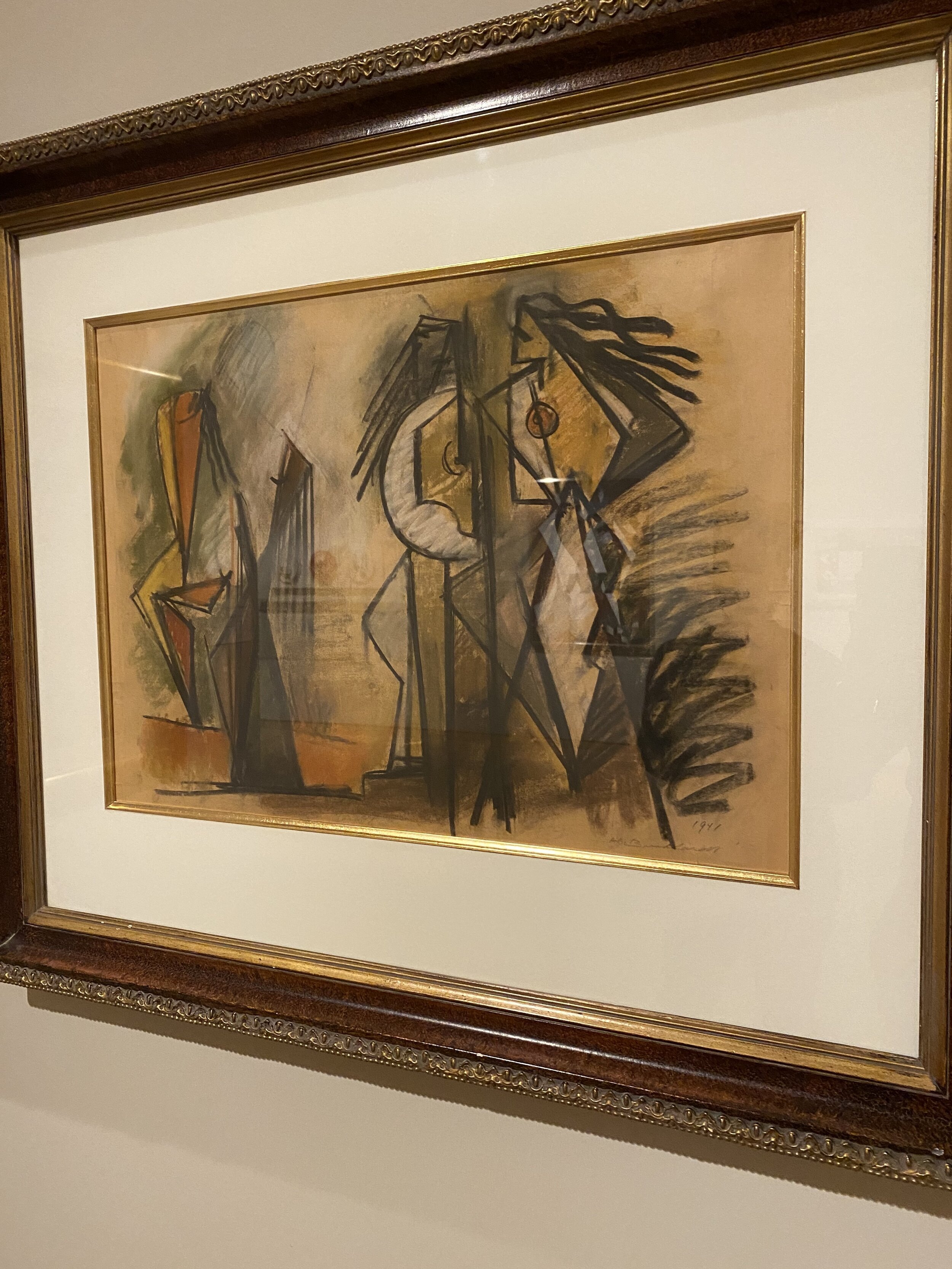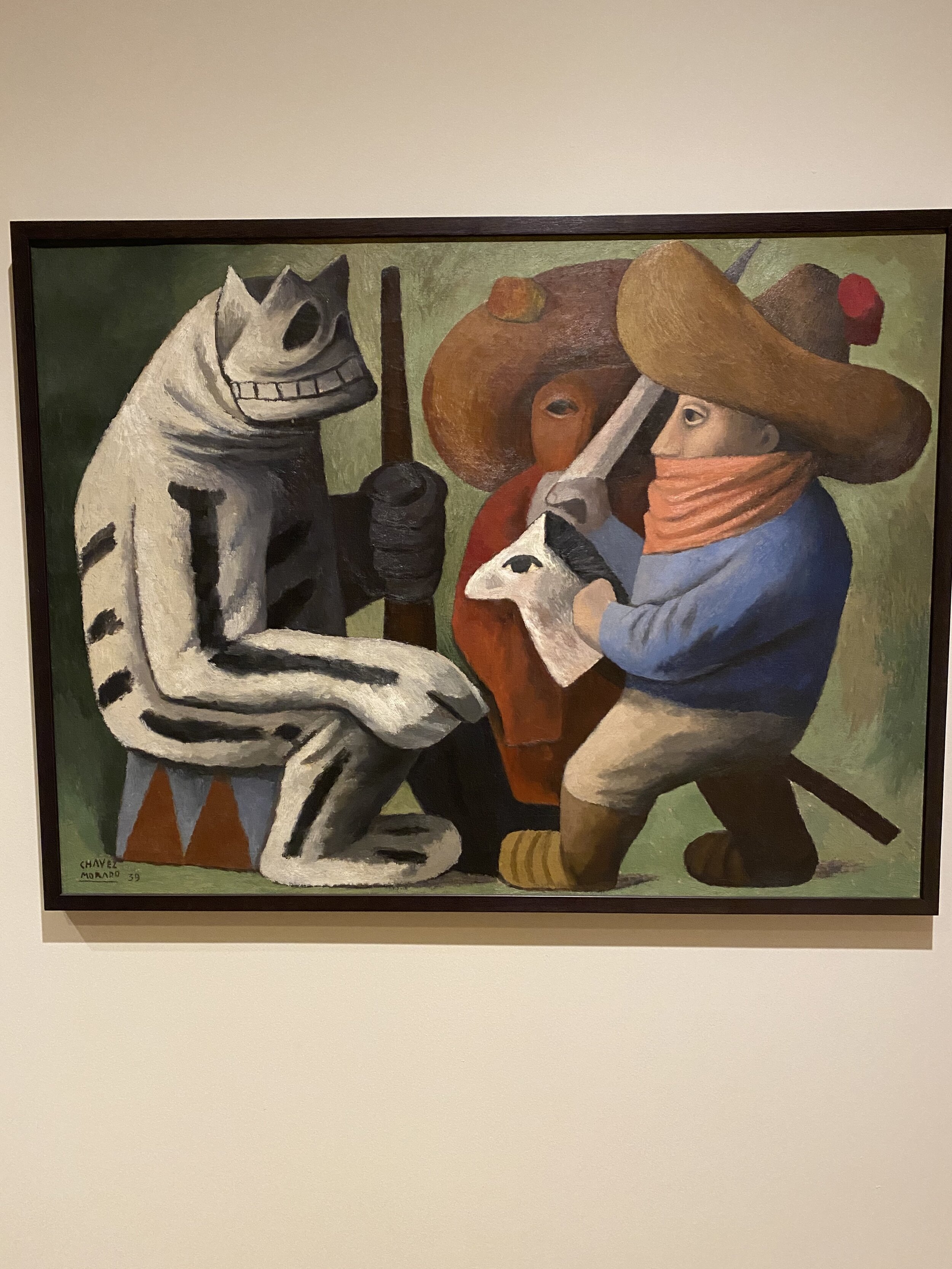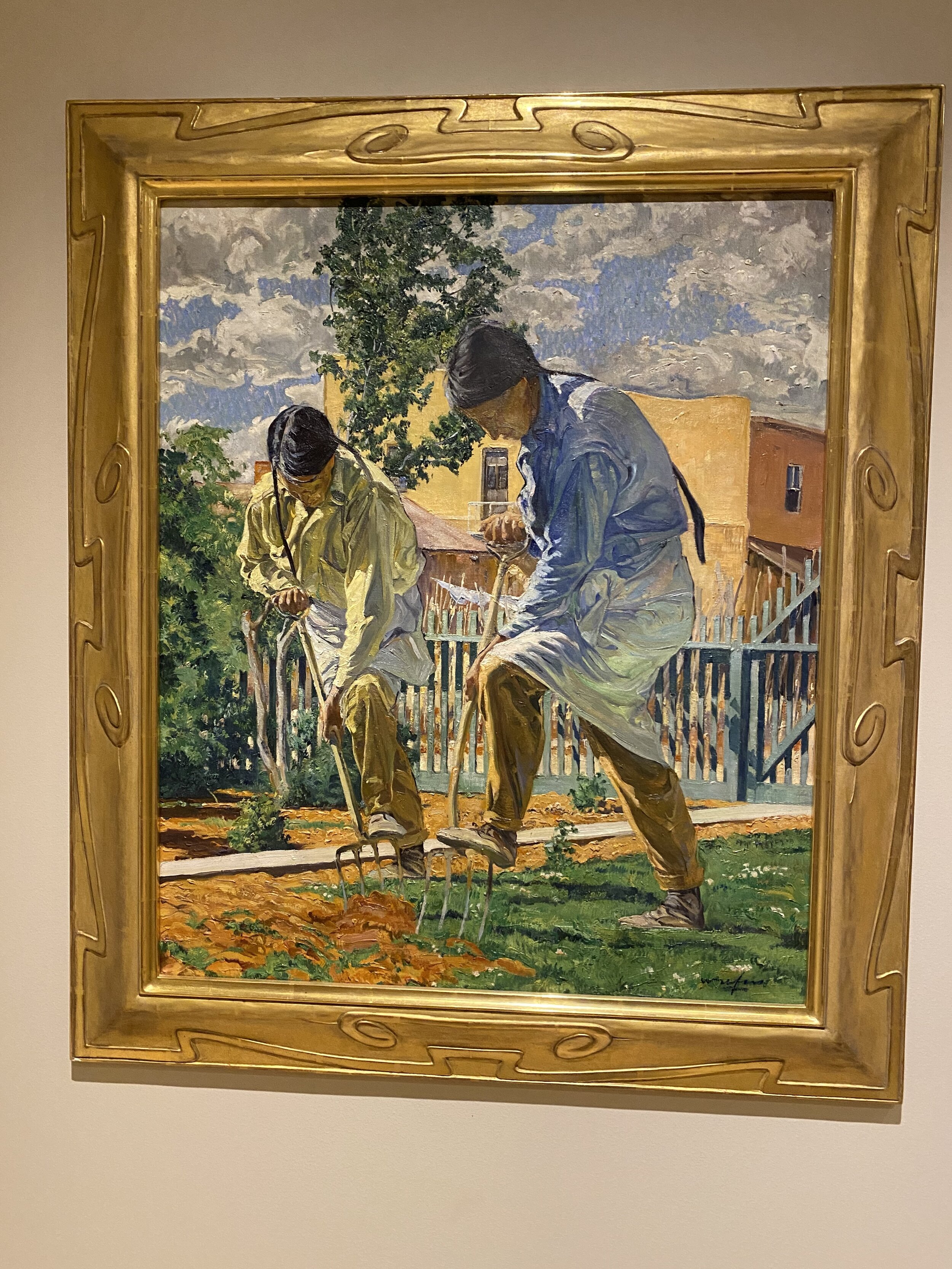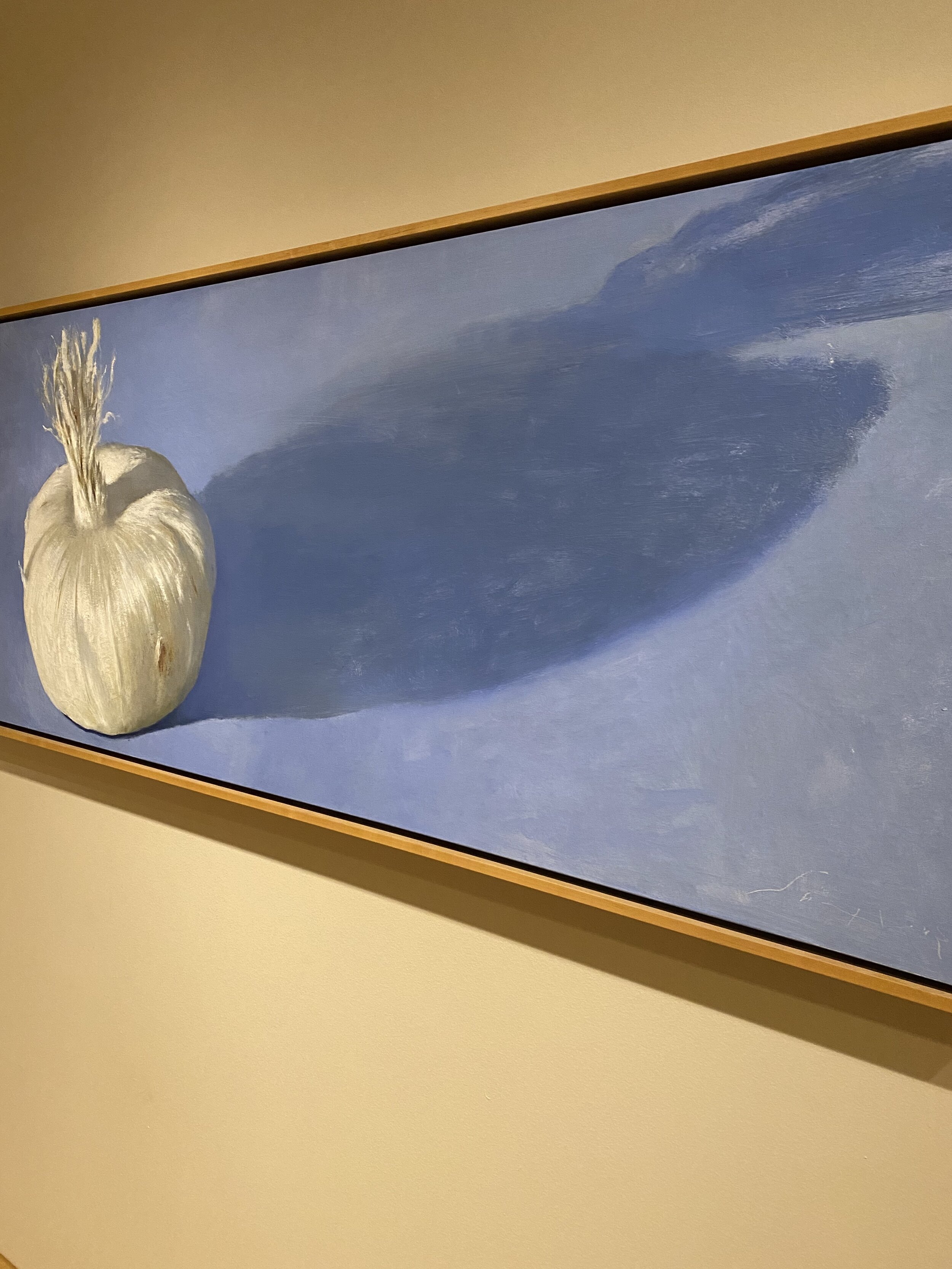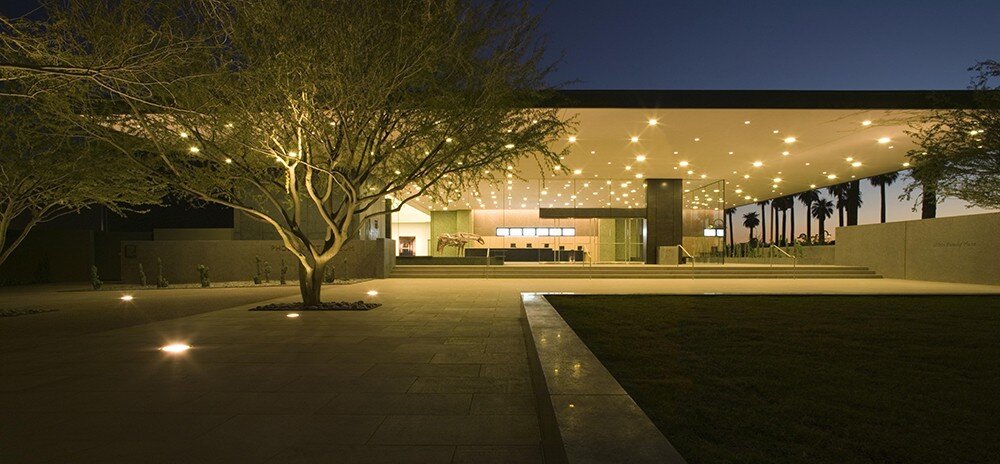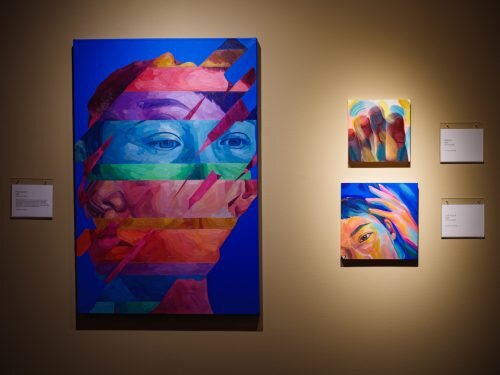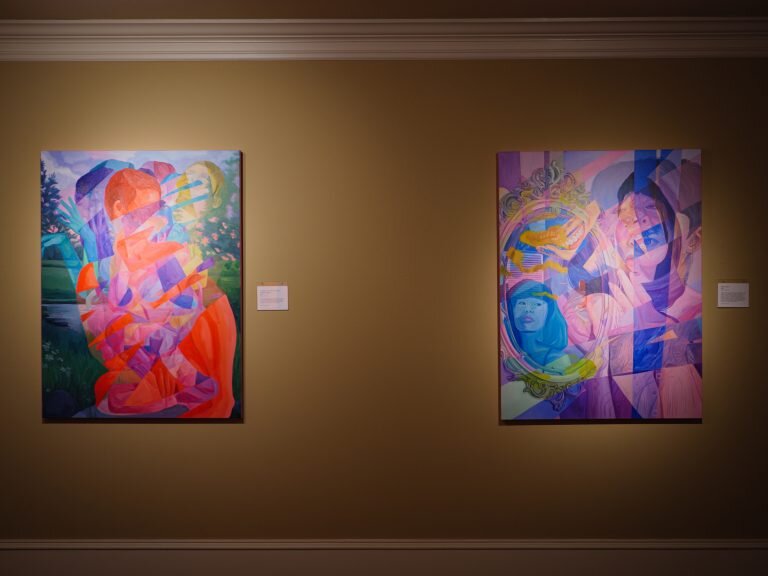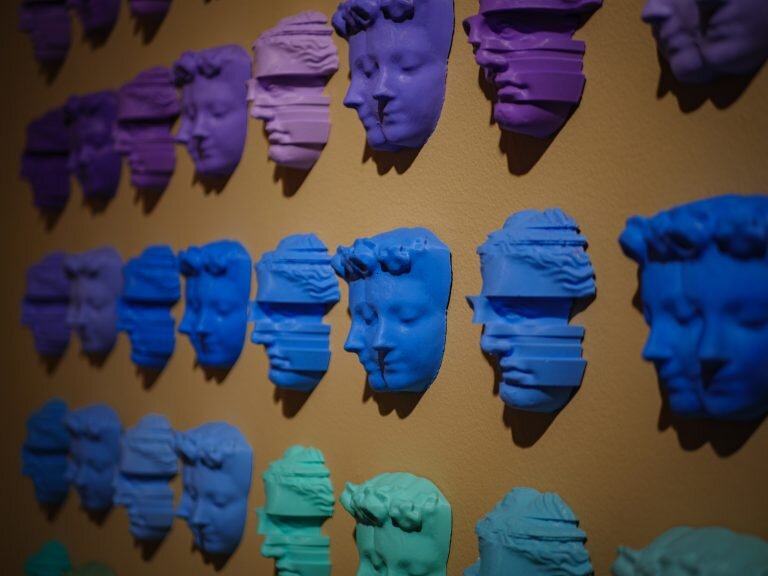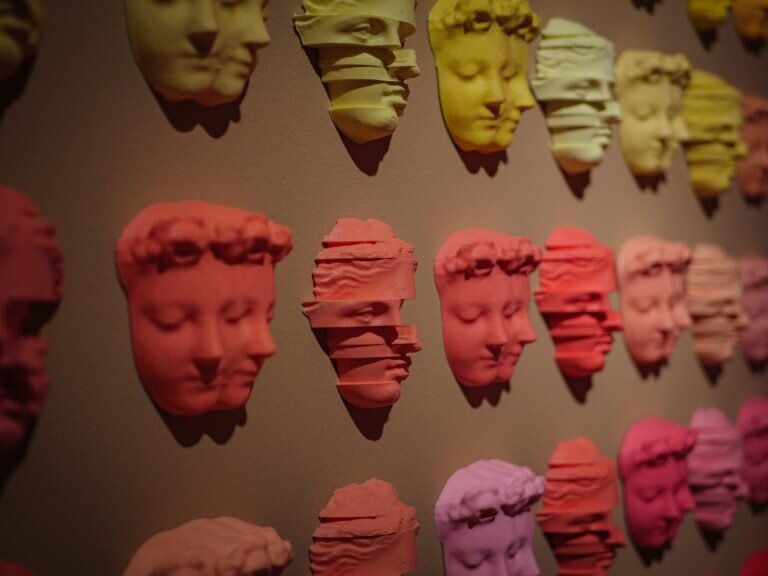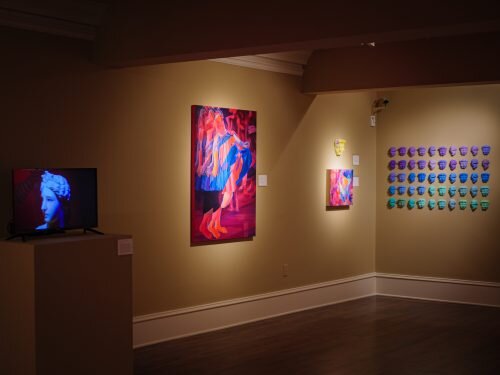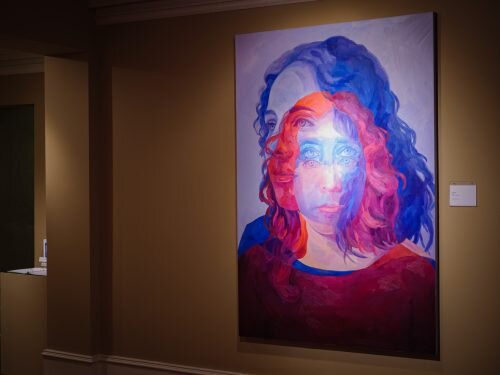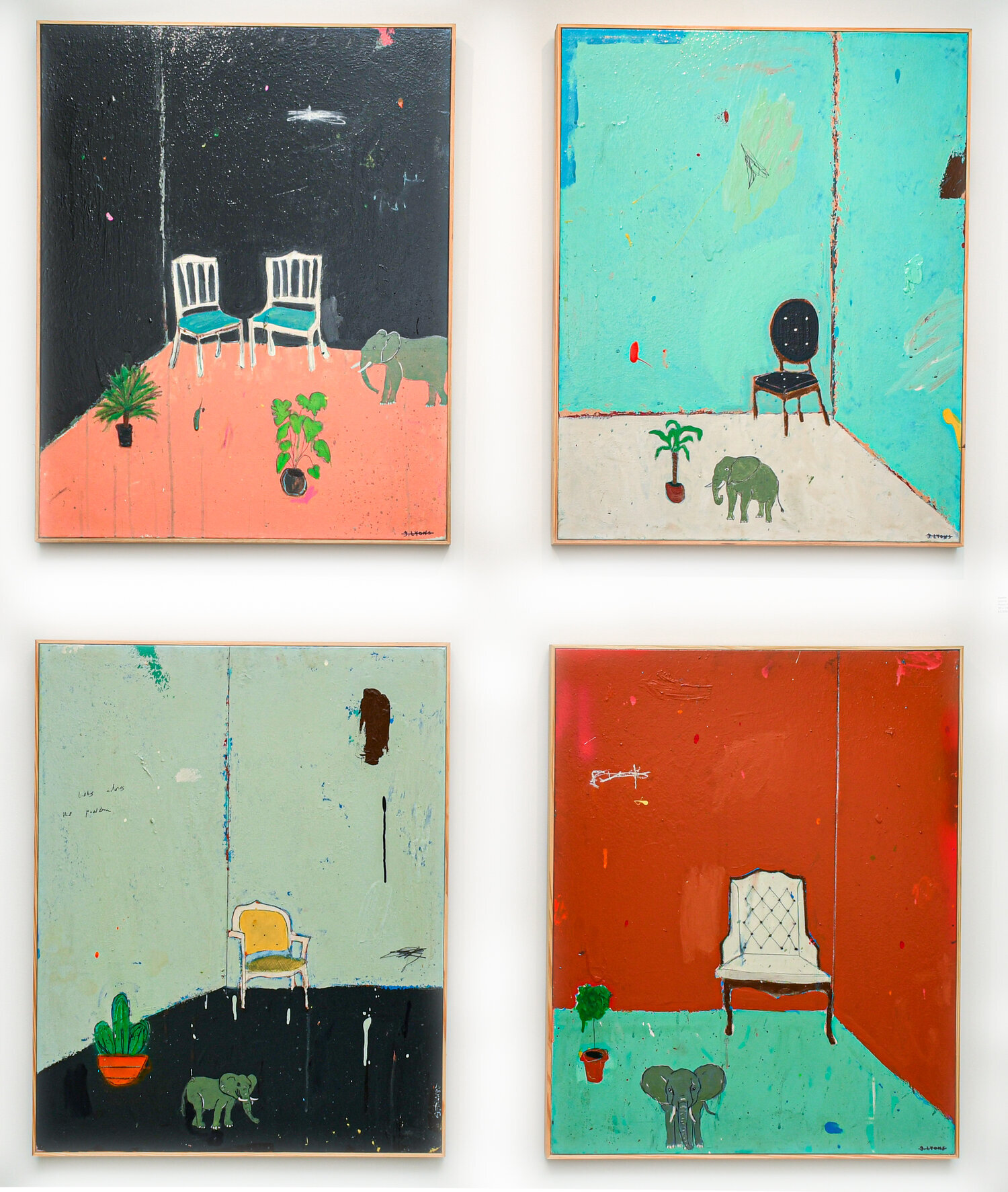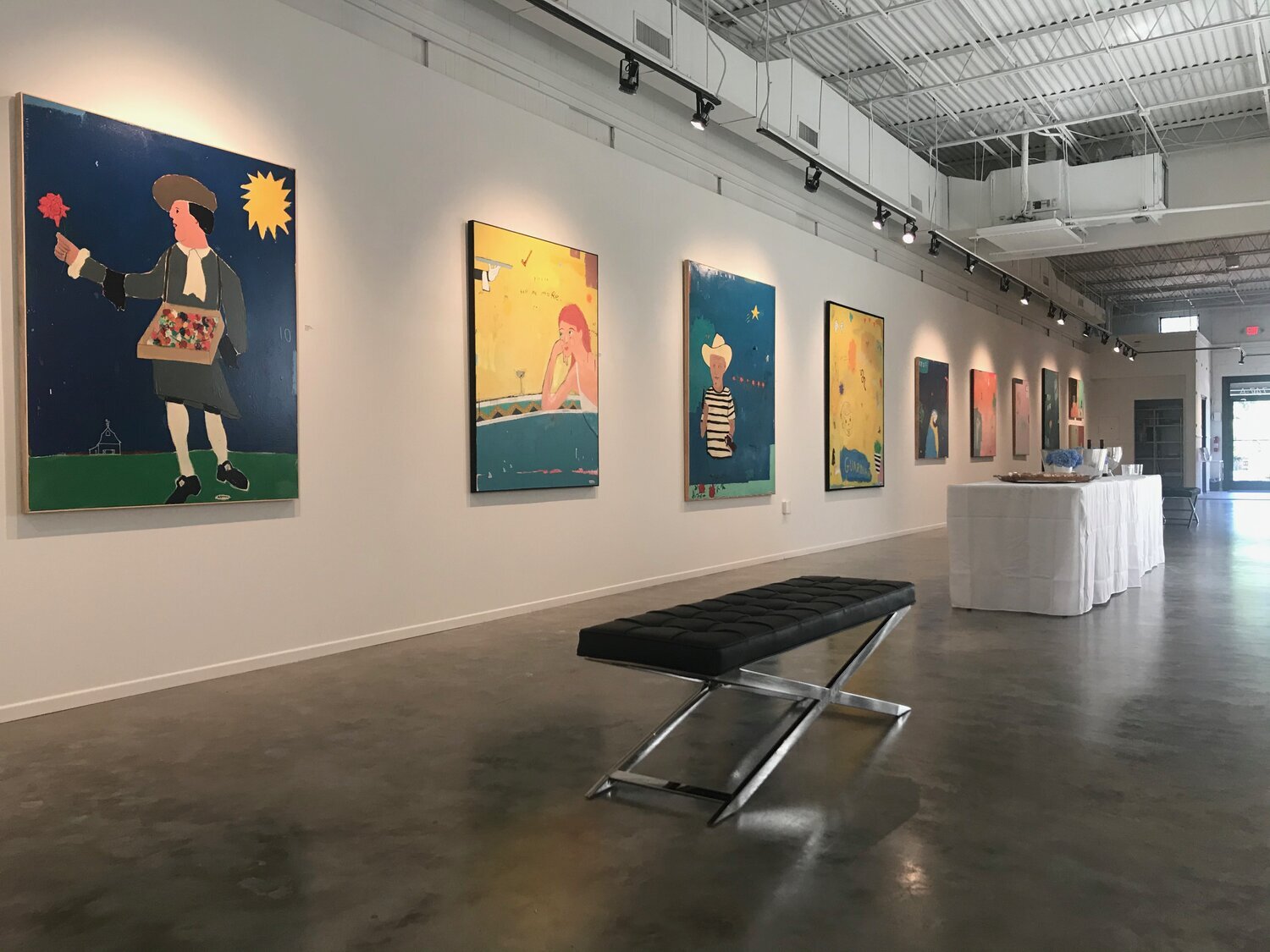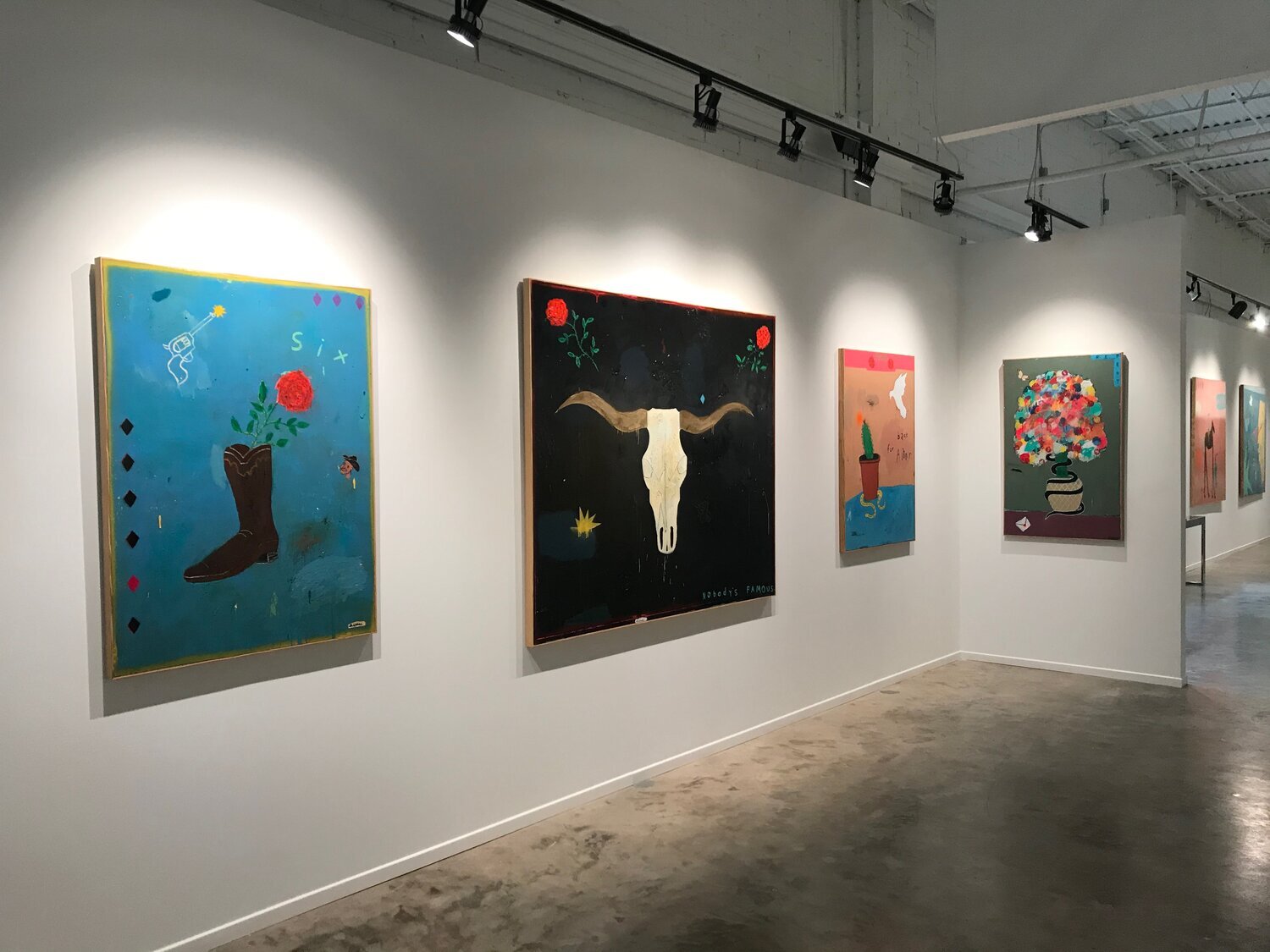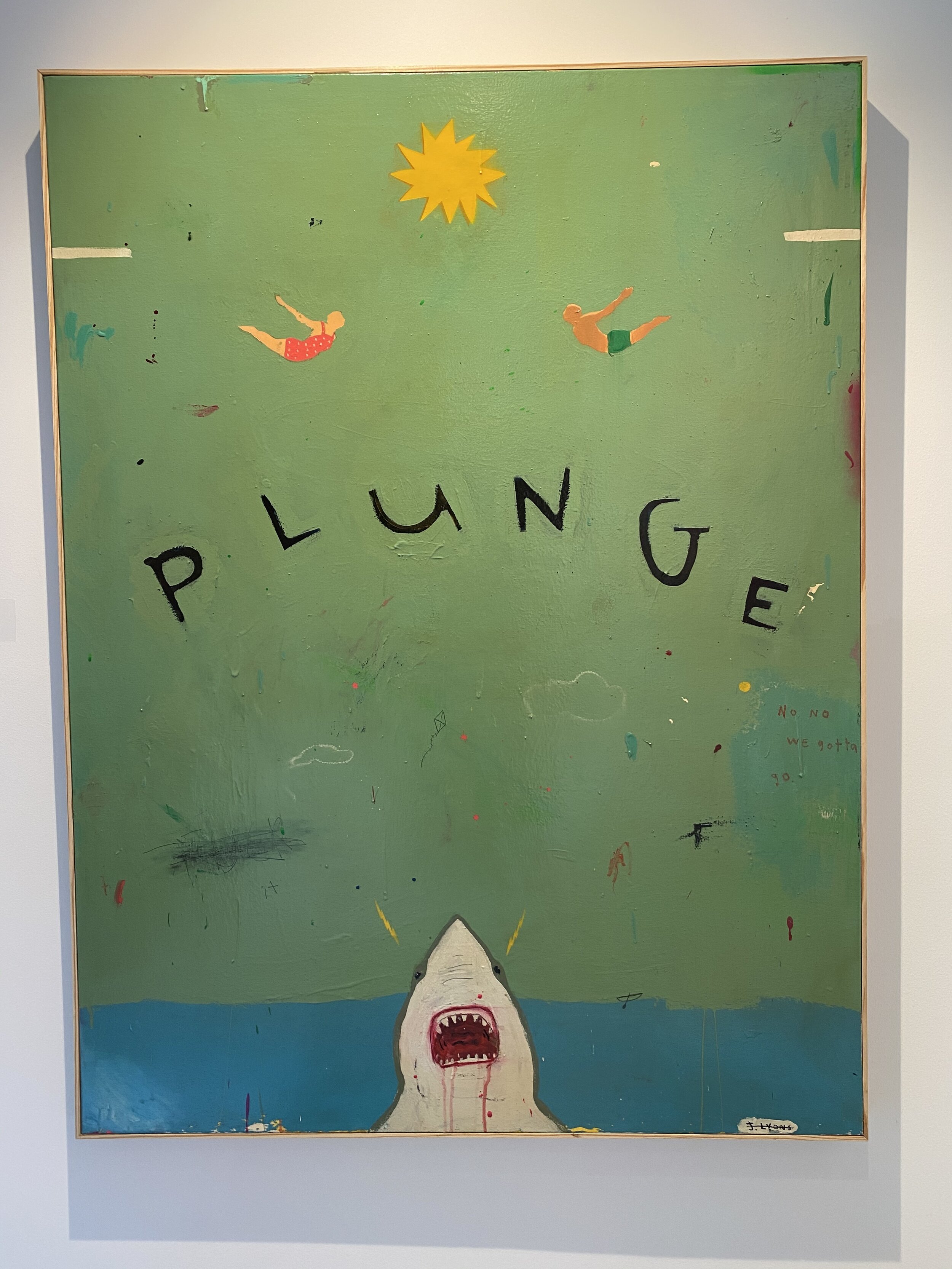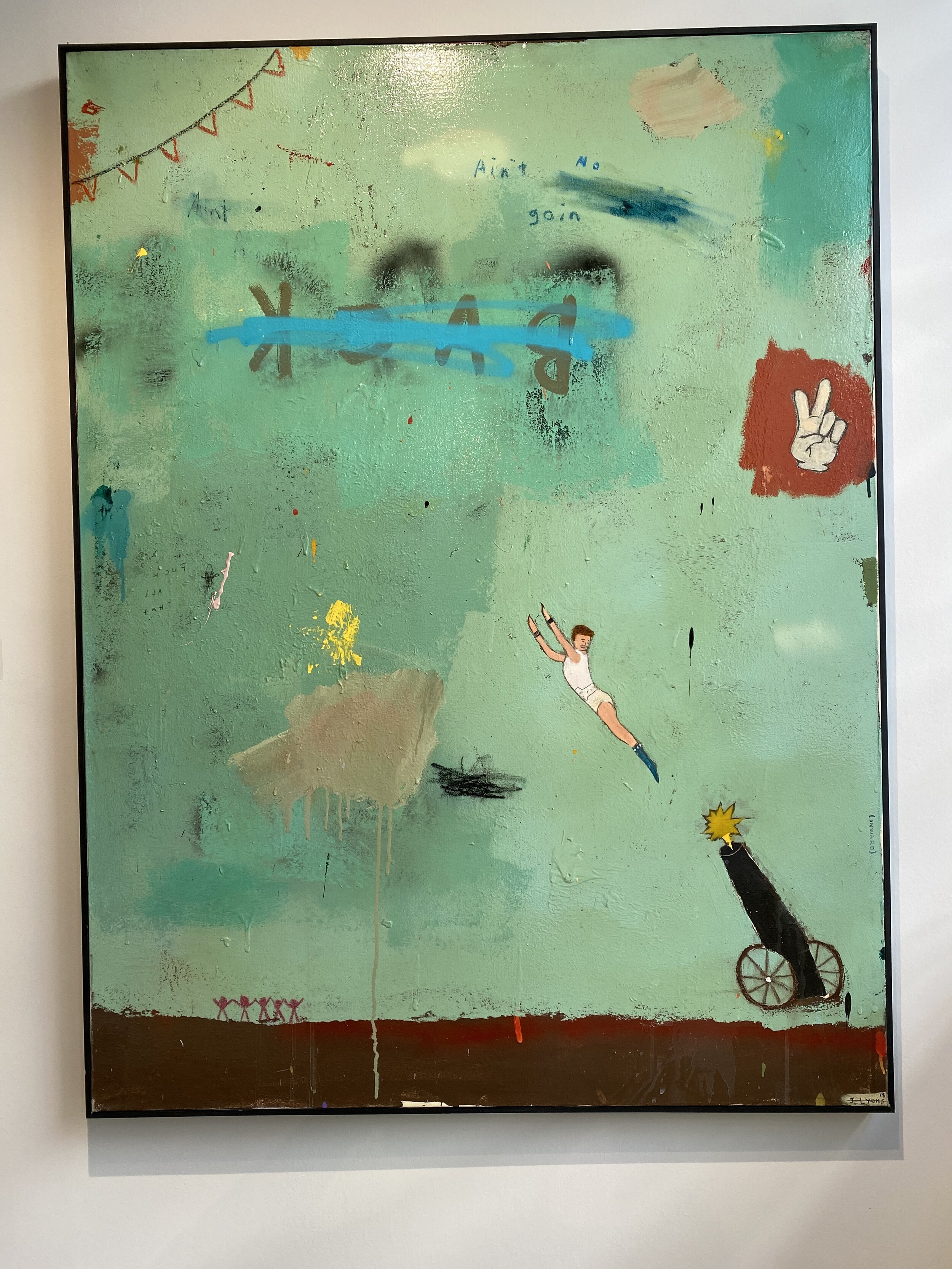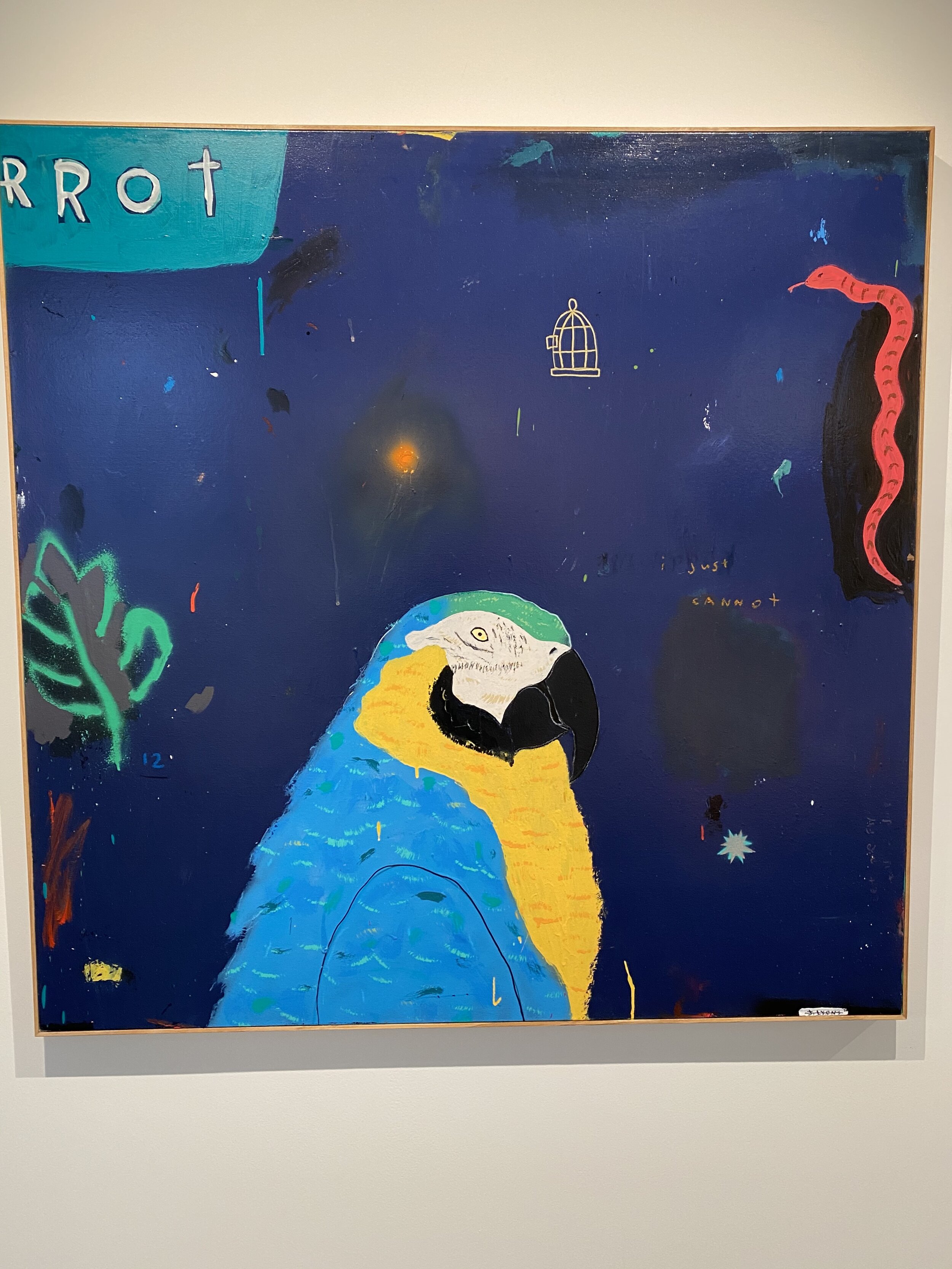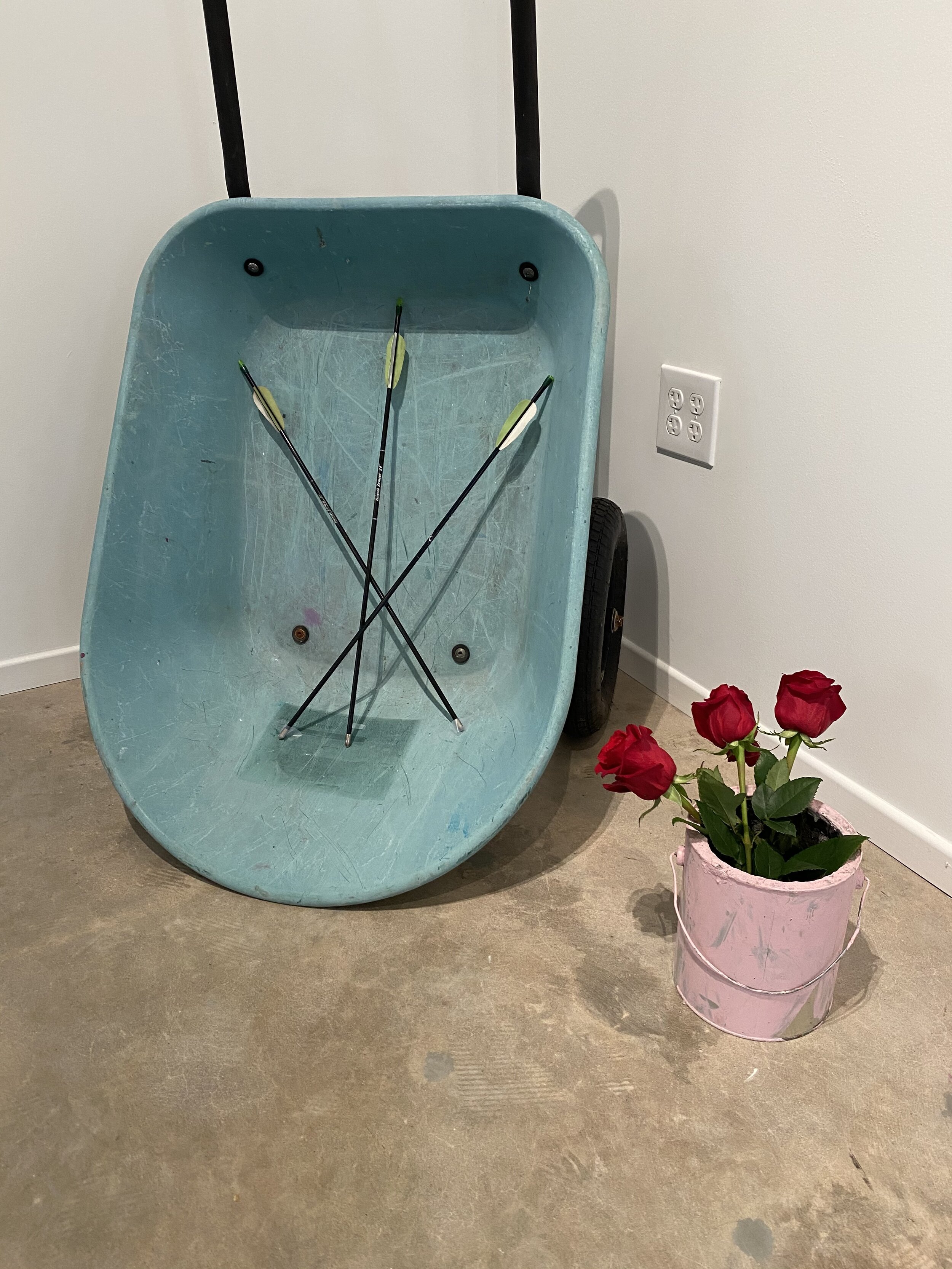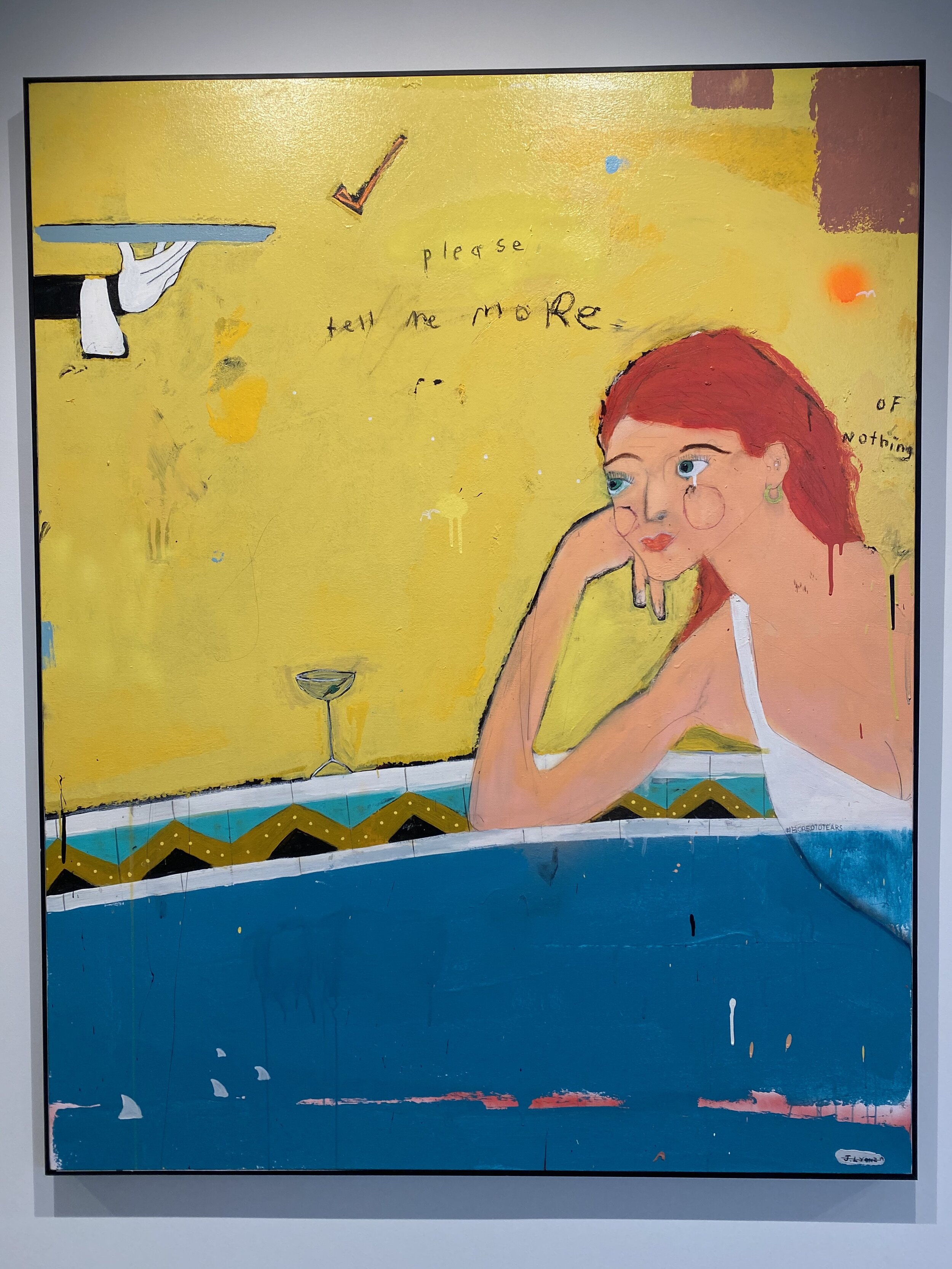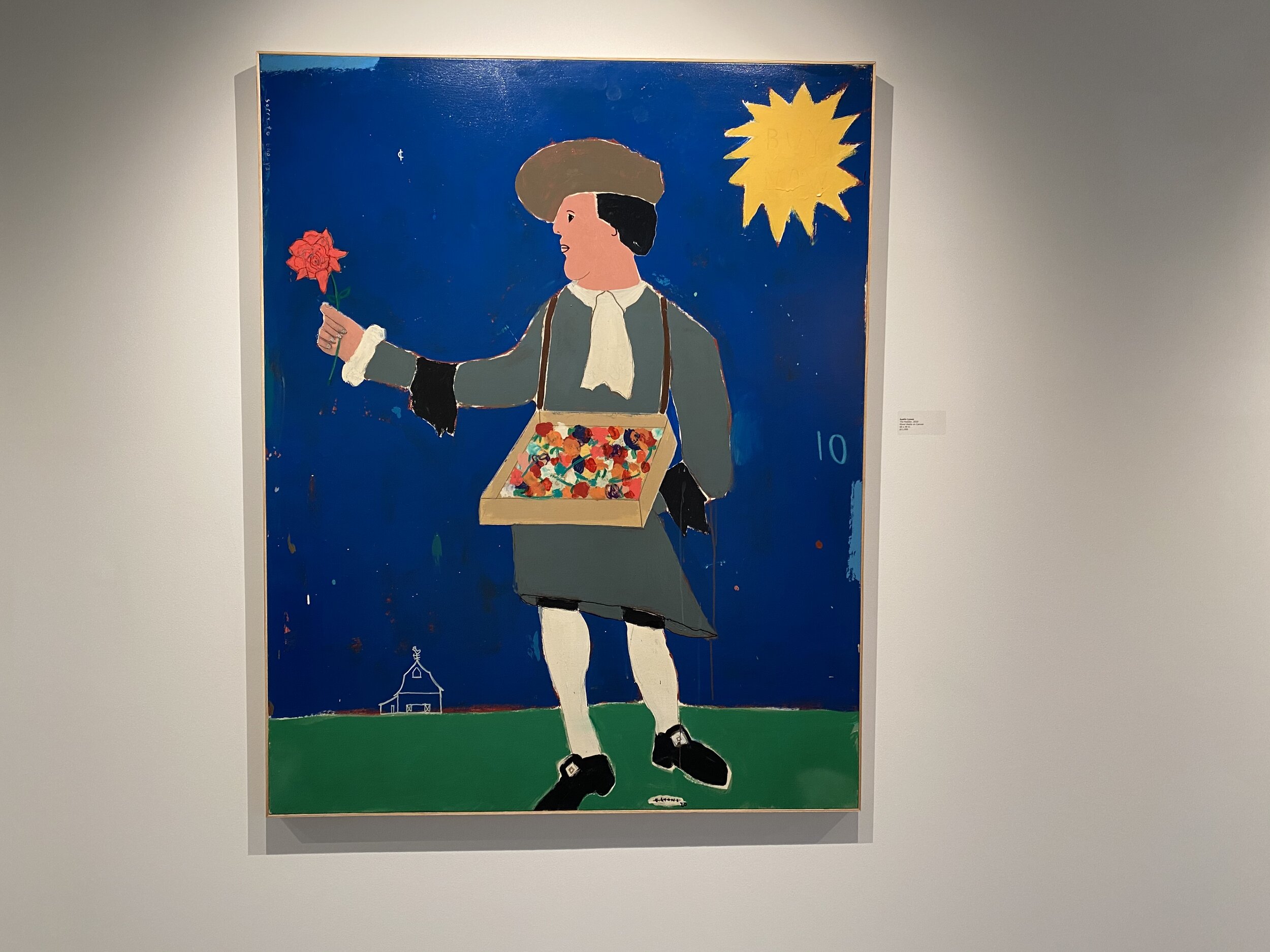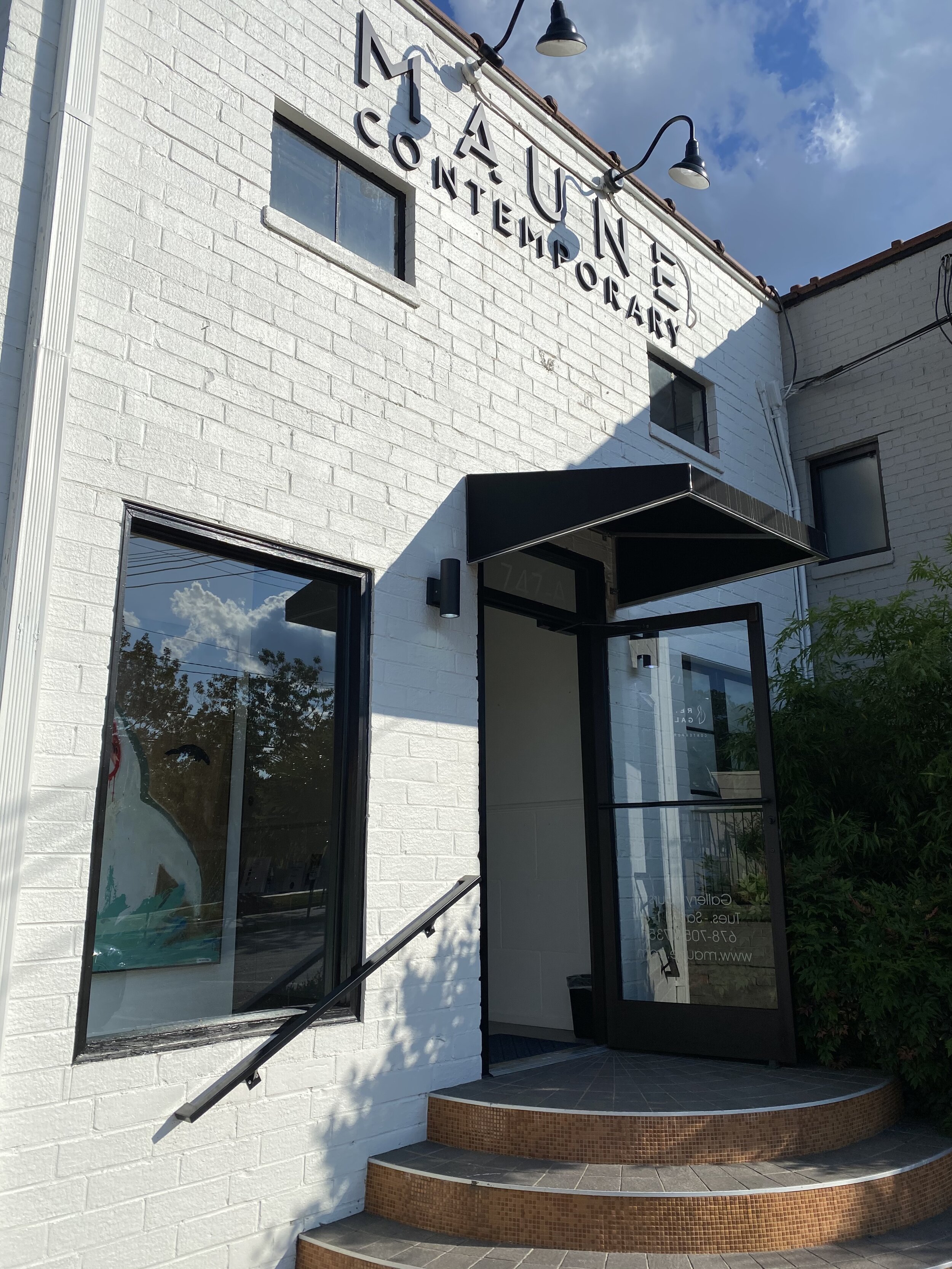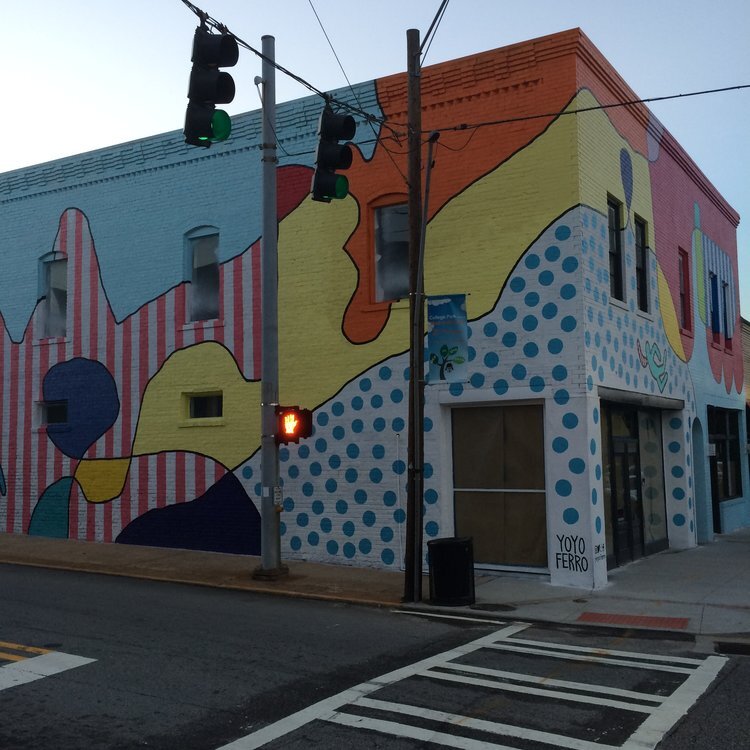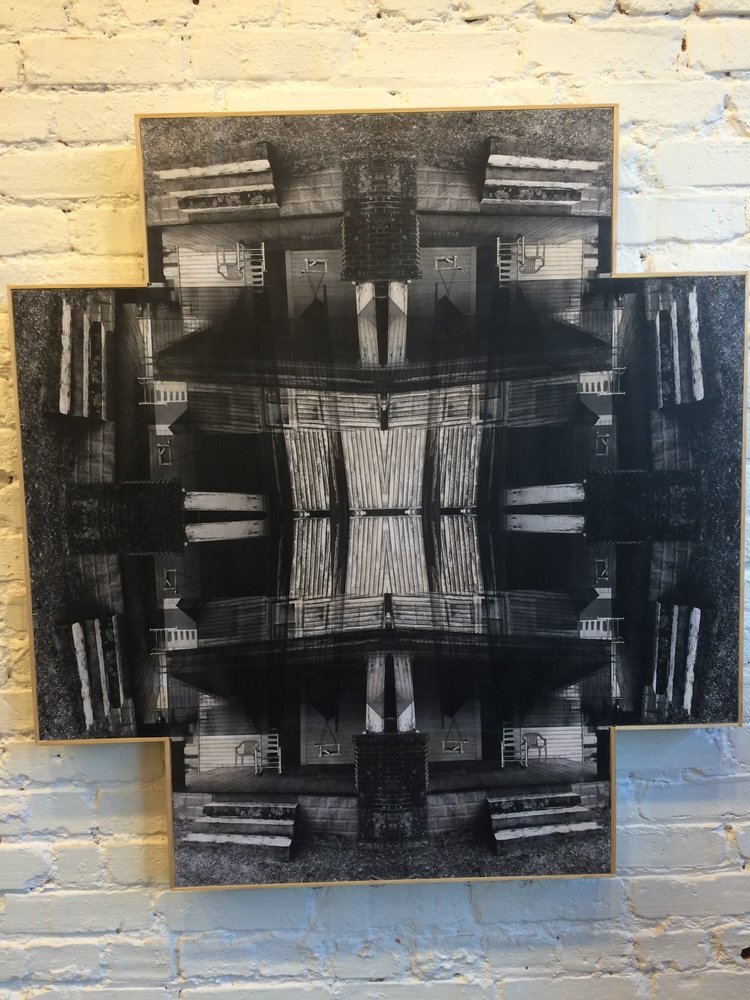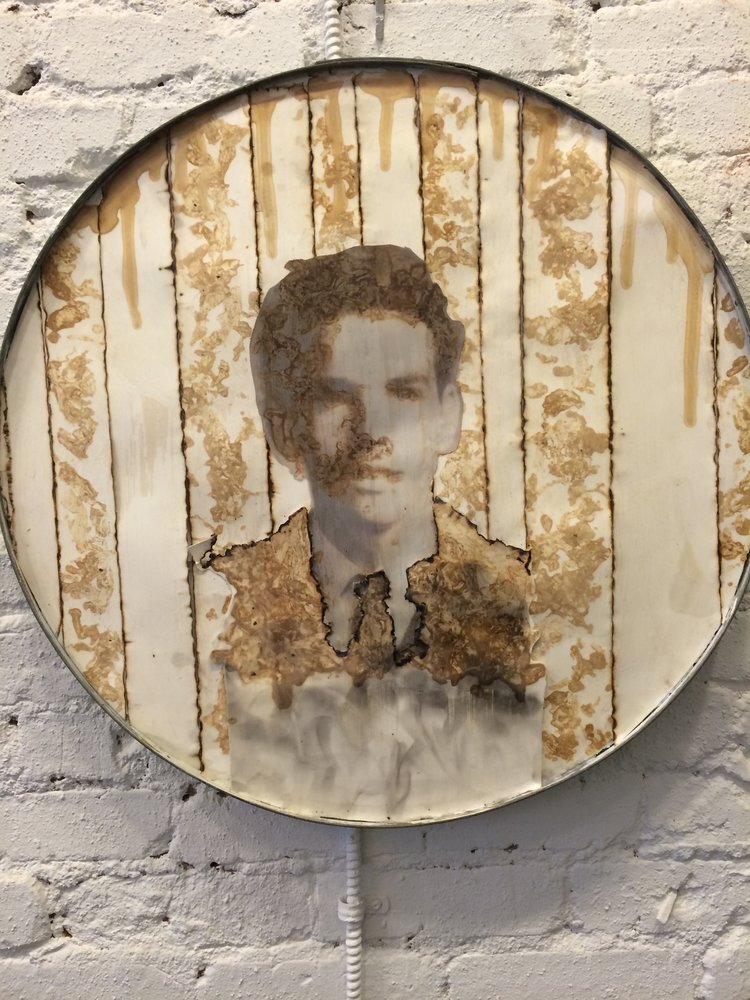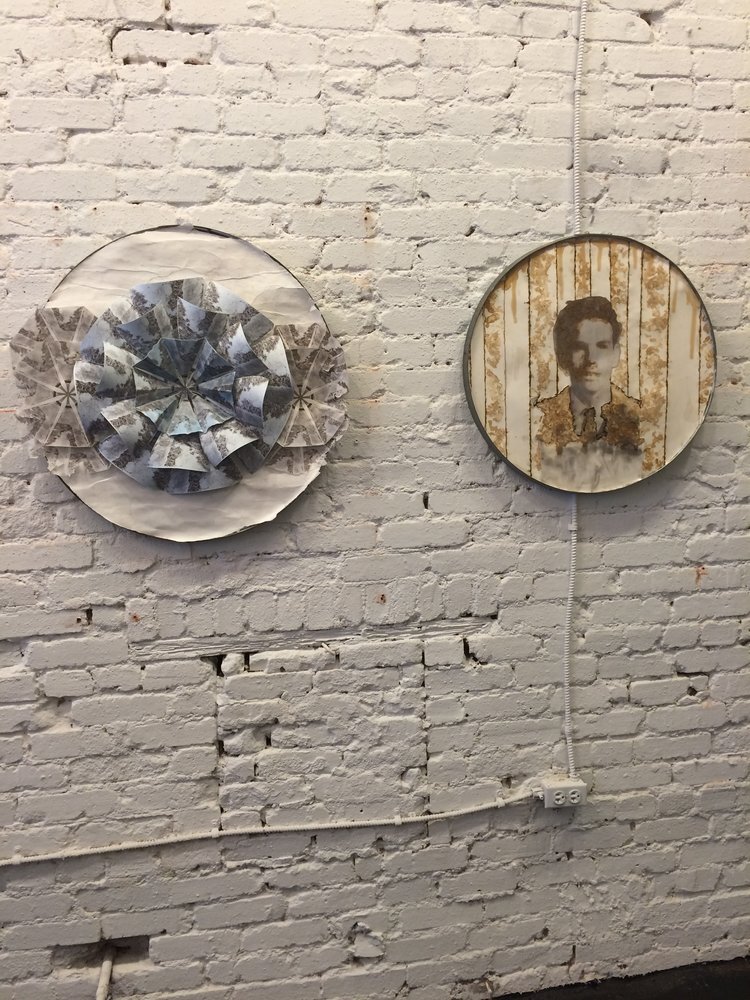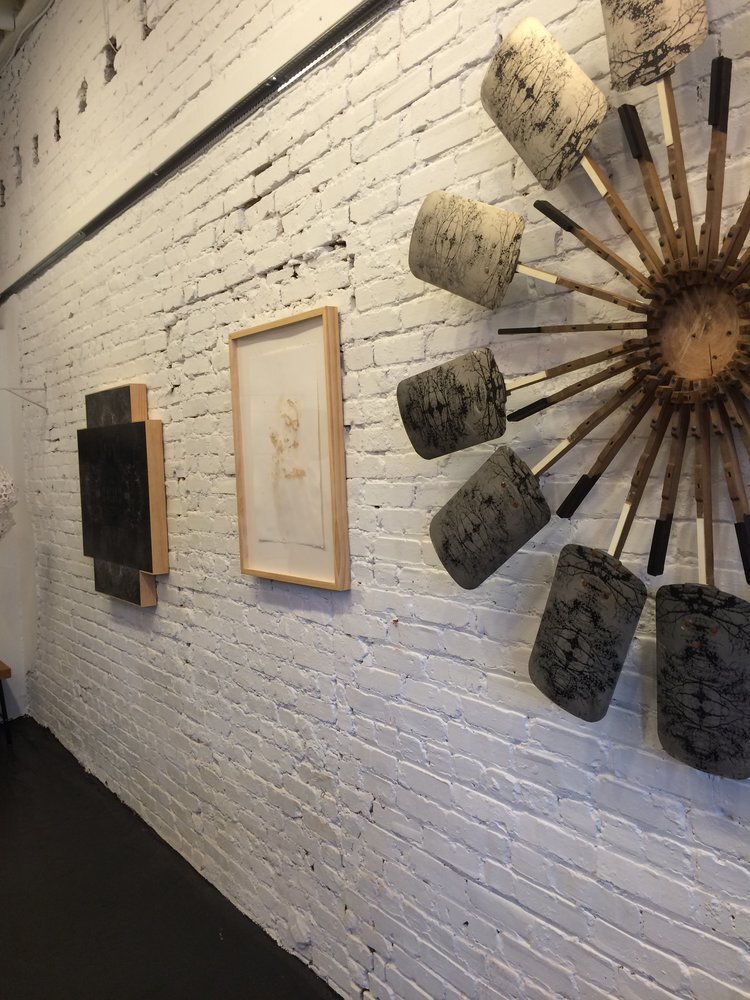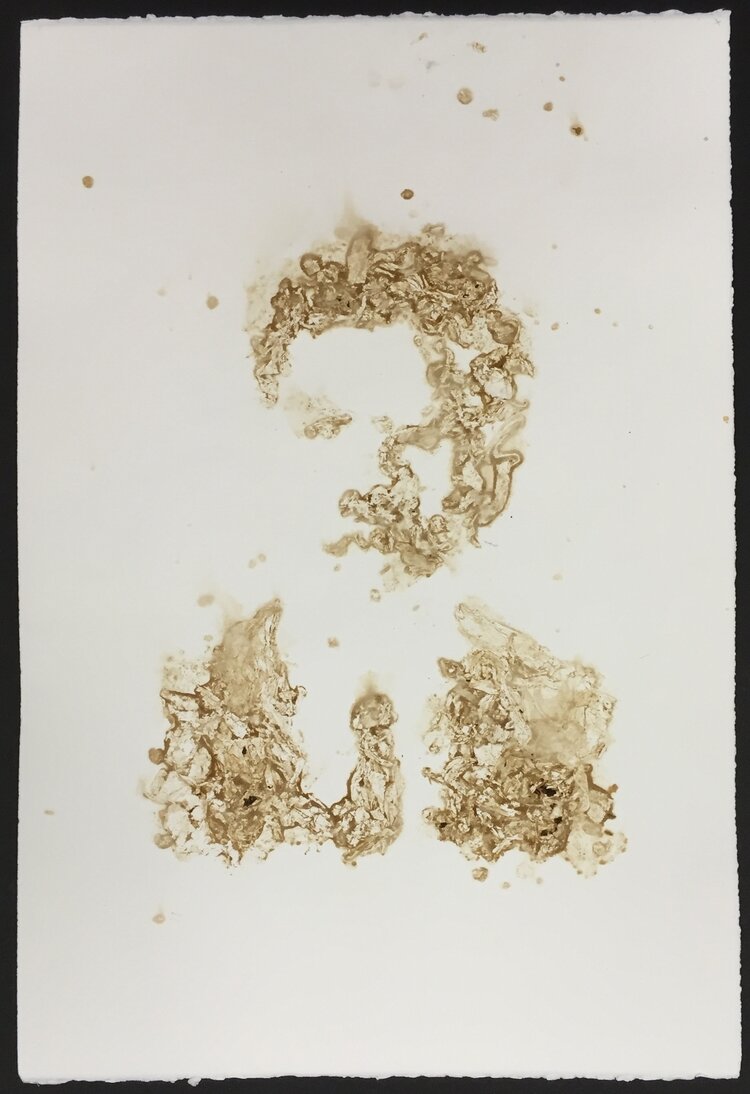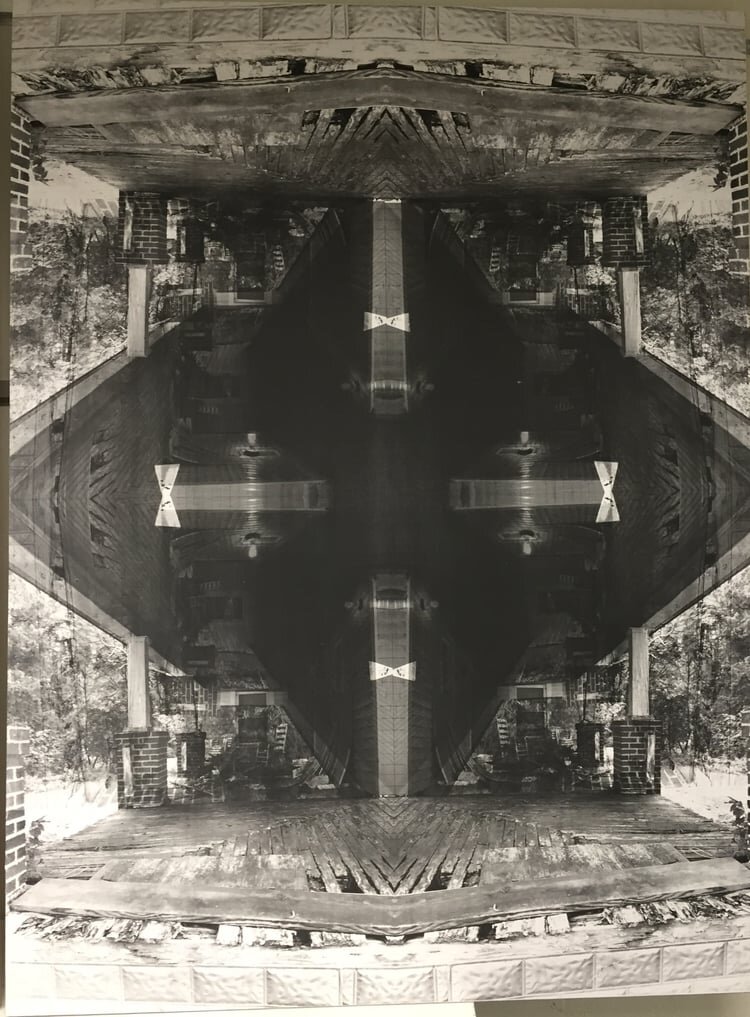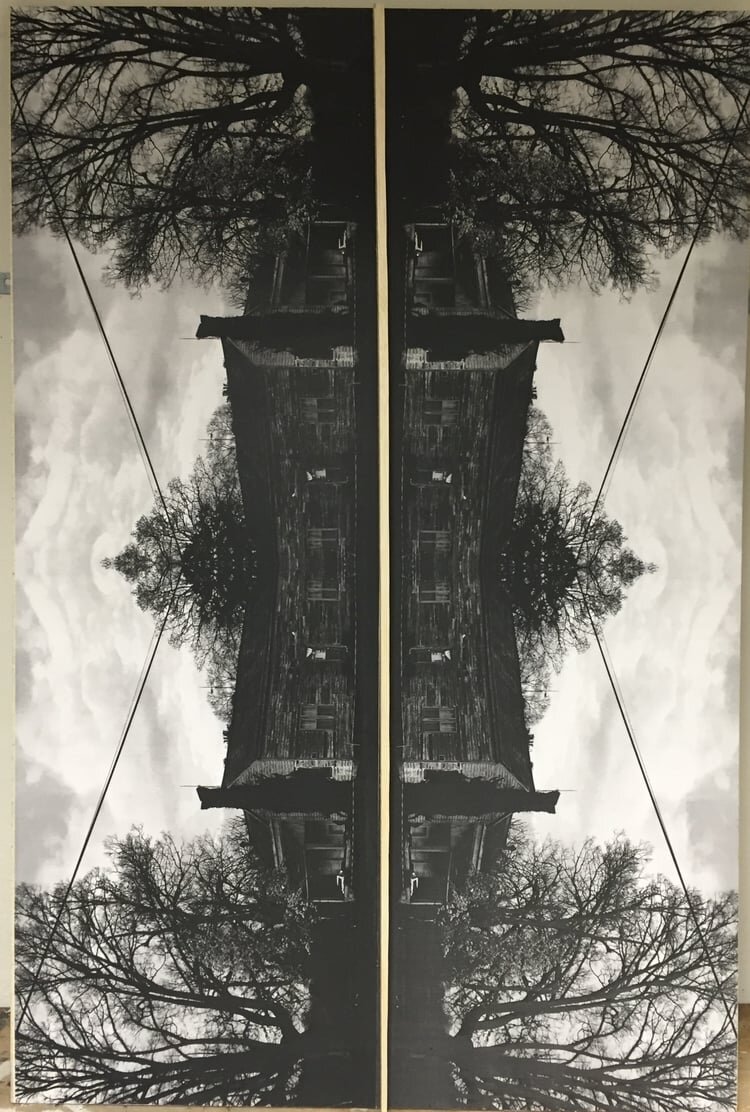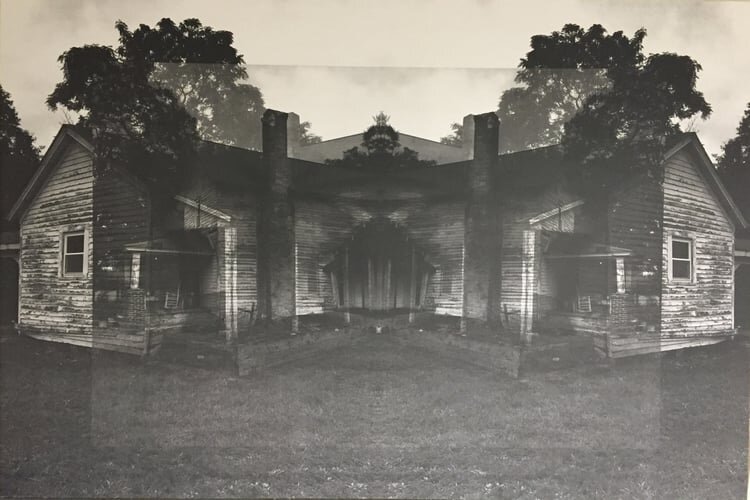The state of Arizona has always been known for its aesthetic beauty. Nature’s captivating scenery filled with many varieties of the color spectrum gives whoever is experiencing it a sense of calm, and oneness with the world around them. The relationship between nature and visual art has been heavily documented, with the latter being able to mimic objects as they appear in real life – thus having a similar effect. During a time where isolation and separation became the “new normal,” the Phoenix Art Museum’s current exhibitions highlights the progression of art throughout history, as well the importance of human connection.
The PHXART Museum showcased the creativity of artists from across the globe. There was also a focus on various periods in time, and the shifts in style during each. Upon entry, the Steele Gallery’s special exhibition is the first that one will encounter. Entitled Fearless Fashion, this gallery houses a collection of original sketches, photographs, press clippings and over 80 ensembles by Rudolph “Rudi” Gernreich. Organized into seven sections, Fearless Fashion explores the social and cultural impact of Gernreich, along with chronicling his rise to prominence. This exhibition sheds light on the many facets of what art encompasses; for fashion is one of the genre’s forgotten forms.
Eastern culture has also been intriguing in terms of artistic influence. The first floor of the museum contained the Art of Asia Galleries, specifically the ancient artifacts of porcelain, ceramics, and Chinese textiles spanning over hundreds of years. China’s contribution to art is unquestioned and shows a dedication to the mastery of form. Its production, innovation, refinement, diversity, and global impact has allowed Chinese culture to claim the world’s longest and foremost ceramic tradition.
The Golden Temple: Center of Sikh Faith showcased the paintings, photographs and prints of Sikhism’s most prominent monument. It presents historical and contemporary works depicting the renowned site, which blended art and the architectural elements from the Hindu and Muslim heritage. The exhibition culminates with works by both Sikh and non-Sikh contemporary artists whose visual narratives draw inspiration from The Golden Temple and its intricate construction.
Following the theme of religion; drawing inspiration primarily from the stories of Christianity, the Ullman gallery’s Schorr Collection numbers more than 500 works, ranging from the 15th through the 20th century. Paintings such as Jacob de Backer the Younger’s The Last Judgement, along with Manfredi’s A Musical Pair were some standouts stored in this collection. The Christian faith has produced a multitude of narratives, and the works of art in Selections From The Schorr Collection bring those stories to life in amazing fashion. The biblical wars between good and evil are perfectly captured in many of the gallery’s paintings and serves as a visual representation of the history of Christianity.
The second floor of the Phoenix Art Museum spoke to the artistic endeavors of America, as well as many parts of Europe. The Western American Art section paid homage to the indigenous culture of this country; with many of its paintings and sculptures focusing on family, change, and unchartered territory. Arizona’s natural beauty was also on full display with portraits showing the states vastness and mountainous terrain. In conjunction with art that showcased Native American life, pieces either by or about people of African descent were viewable in this space. The amazing photography of life in America (and the struggle that comes with it) made the museum’s second floor one of its more worthwhile attractions.
The works of Narcissa Niblack Thorne were extremely fascinating to say the least. The detail and precision of her miniature artworks are a testament to the wide-ranging scope of what it means to be a true artist. Created at an exacting scale of one inch to one foot, several of the rooms replicated actual rooms found in both the United States and Europe, while the others were inspired by the architecture and interior design of their respective periods and countries.
The Lower and Third levels of the Katz were dedicated to Modern and Contemporary Art, while a section on the top floor focused on photography. Yayoi Kusama’s infinity mirror room, You Who Are Getting Obliterated in the Dancing Swarm of Fireflies, is a popular attraction at the PHXART Museum. The Violet Protest showcases the latest collaborative art project by Ann Morton, the recipient of the 2019 Arlene and Morton Scult Artist Award; whose work explores the political divides in the United States, the power of collaboration, identity, memory, perception, communication, and technology.
The Phoenix Art Museum is home to over 20,000 works in the public trust, from the art of our time to historical objects that illuminate the distant past. Whether an object in our collections or a traveling exhibition, art has the power to transform how we see each other and often, how we see ourselves.

